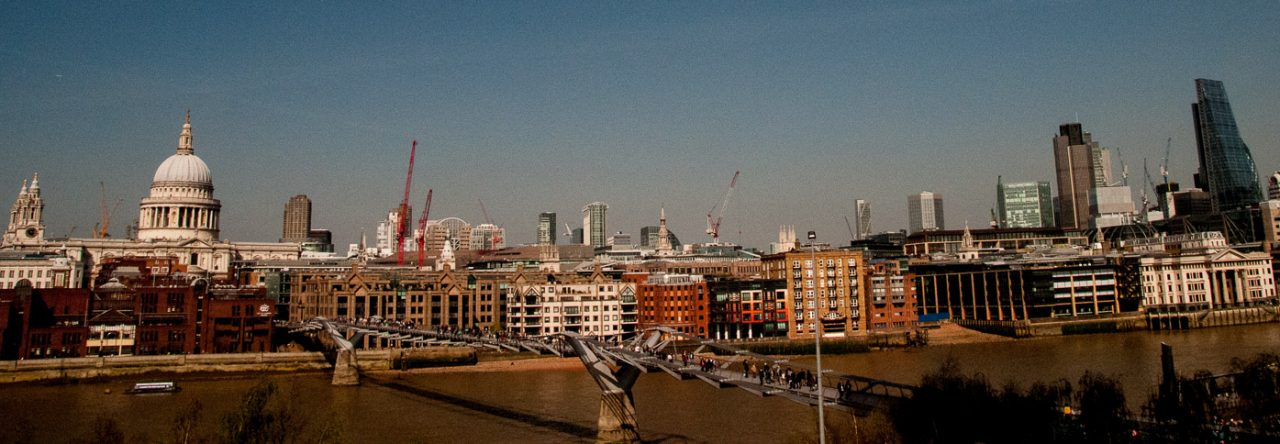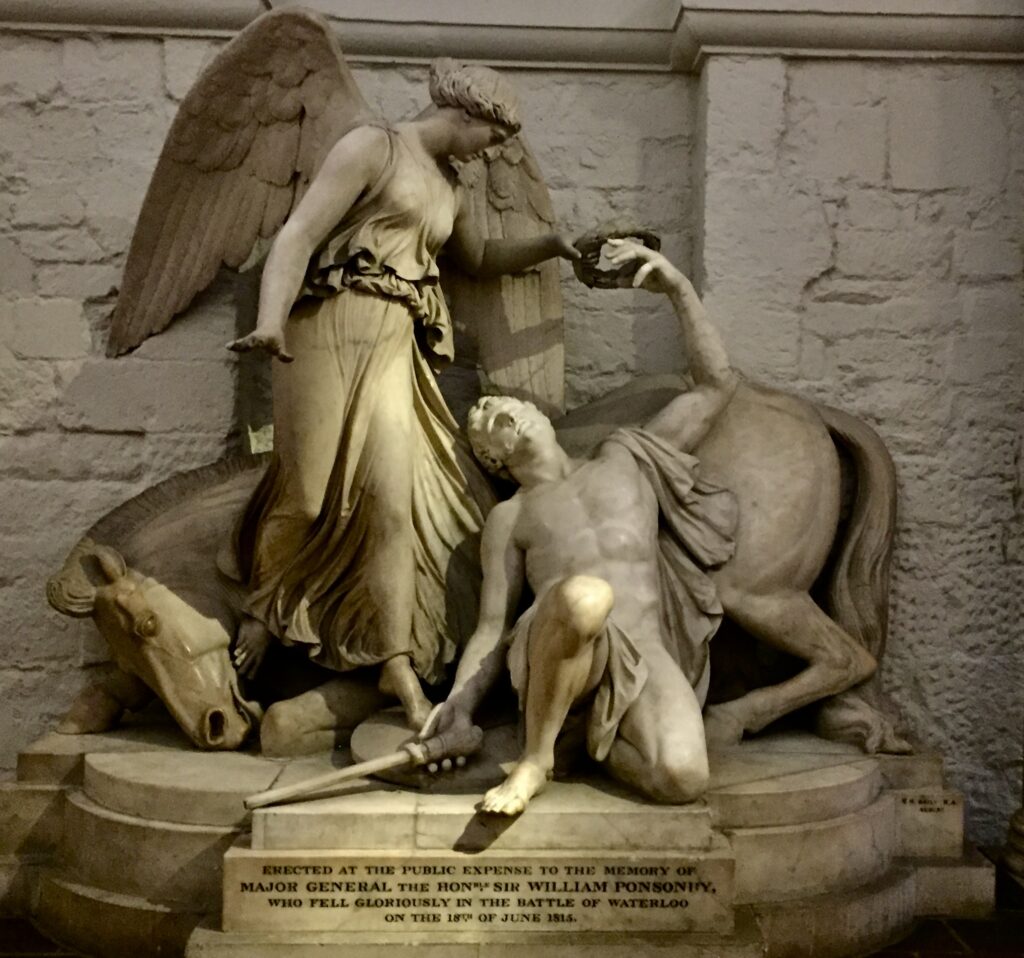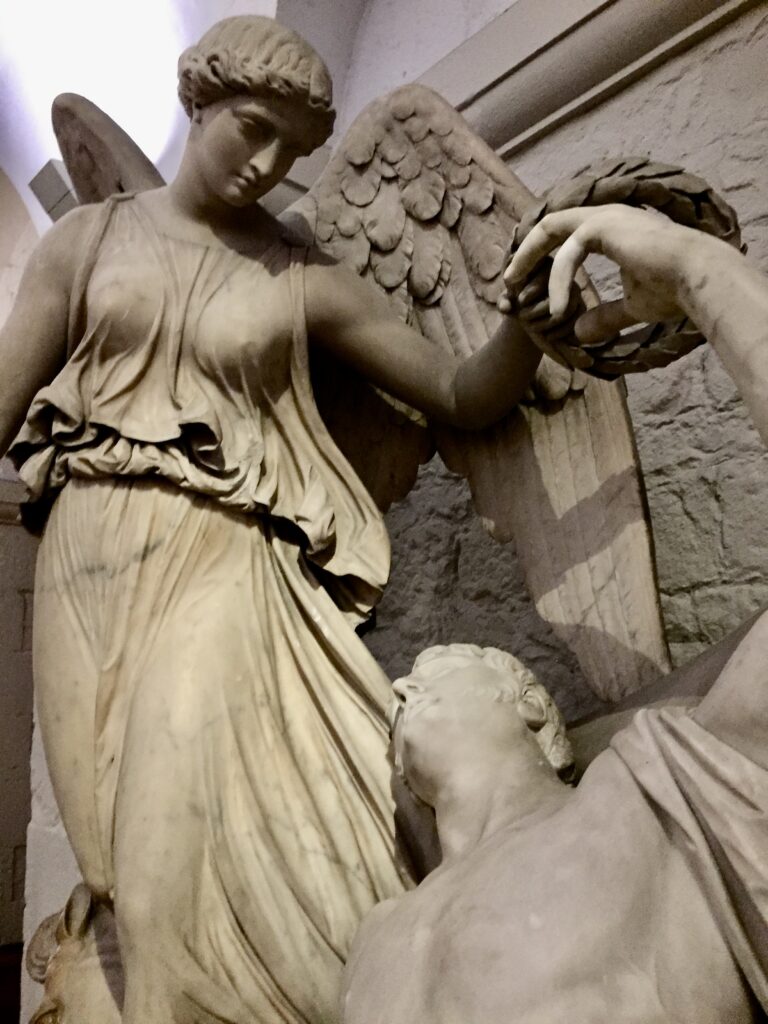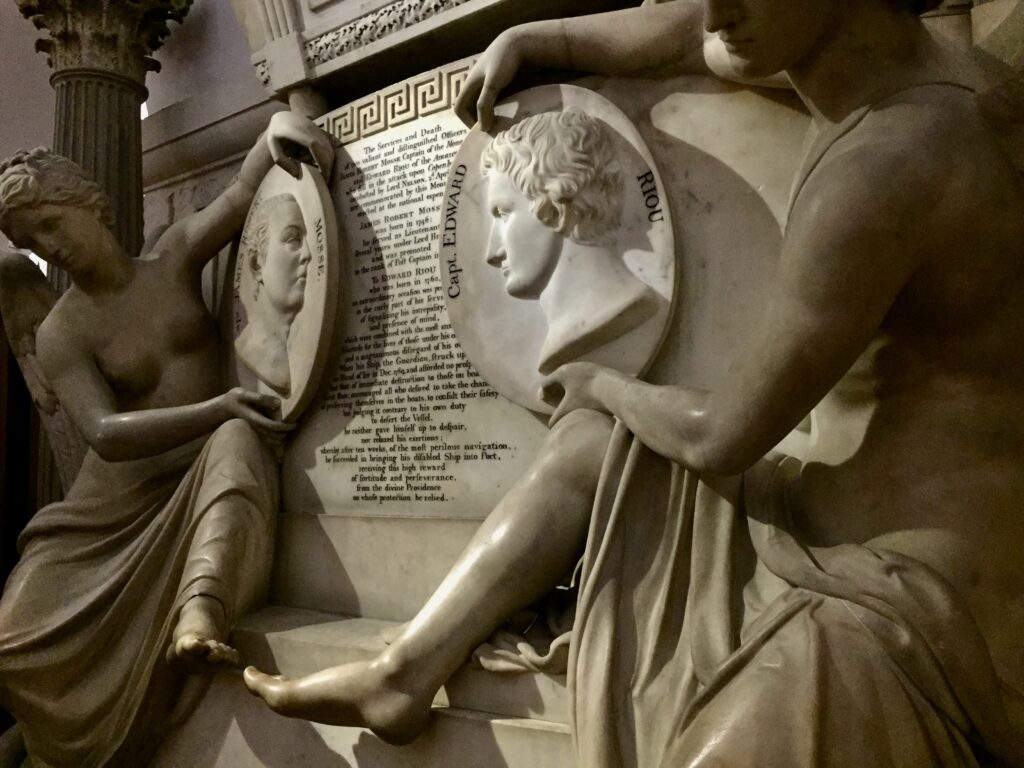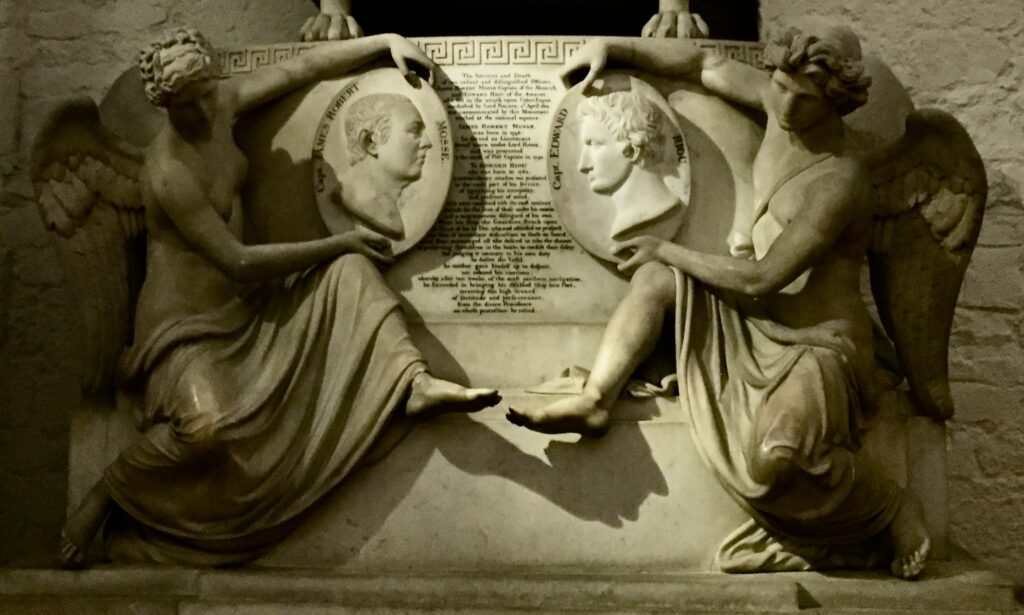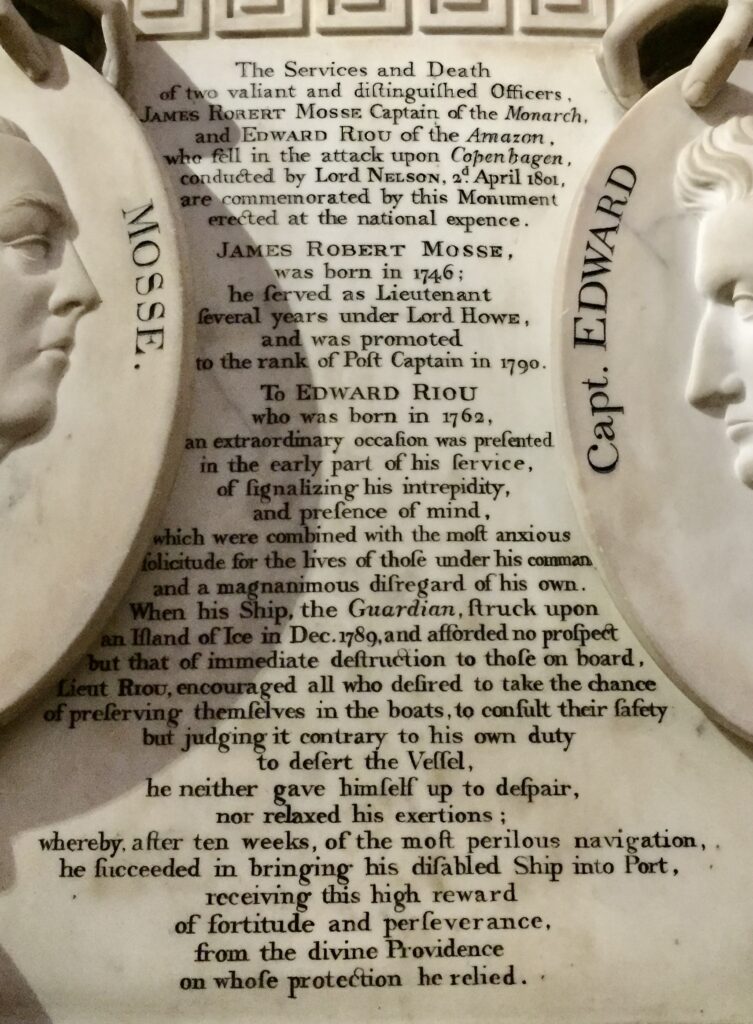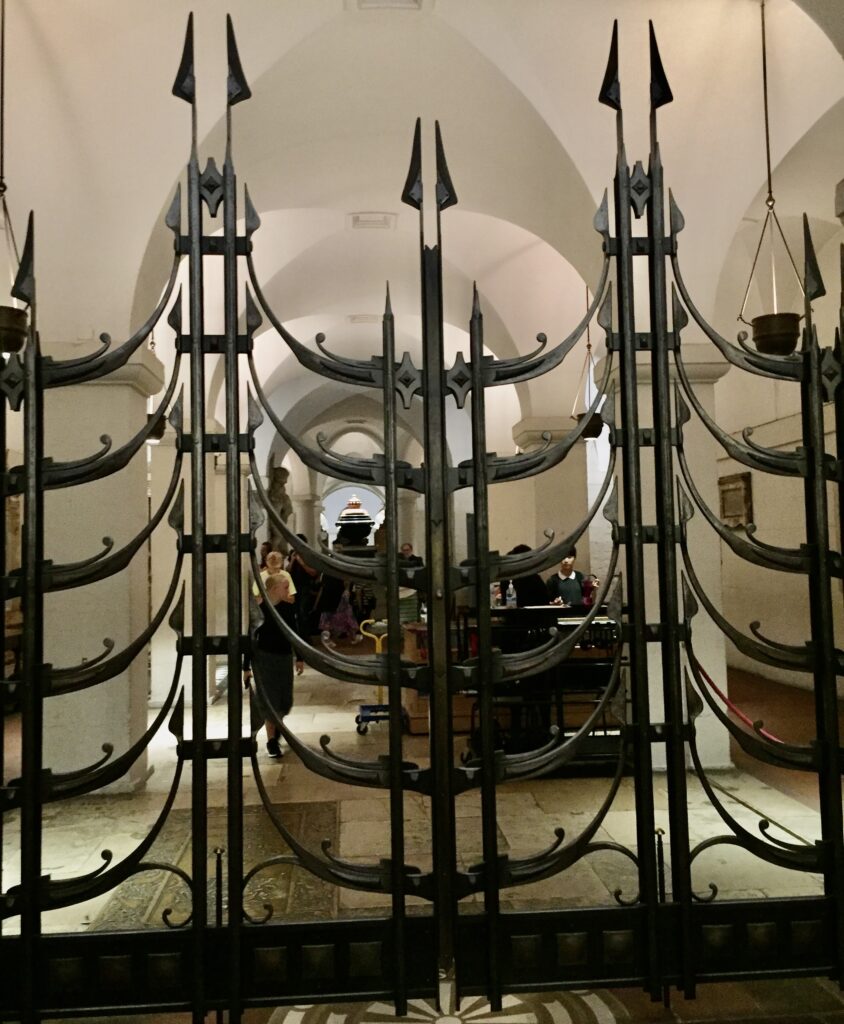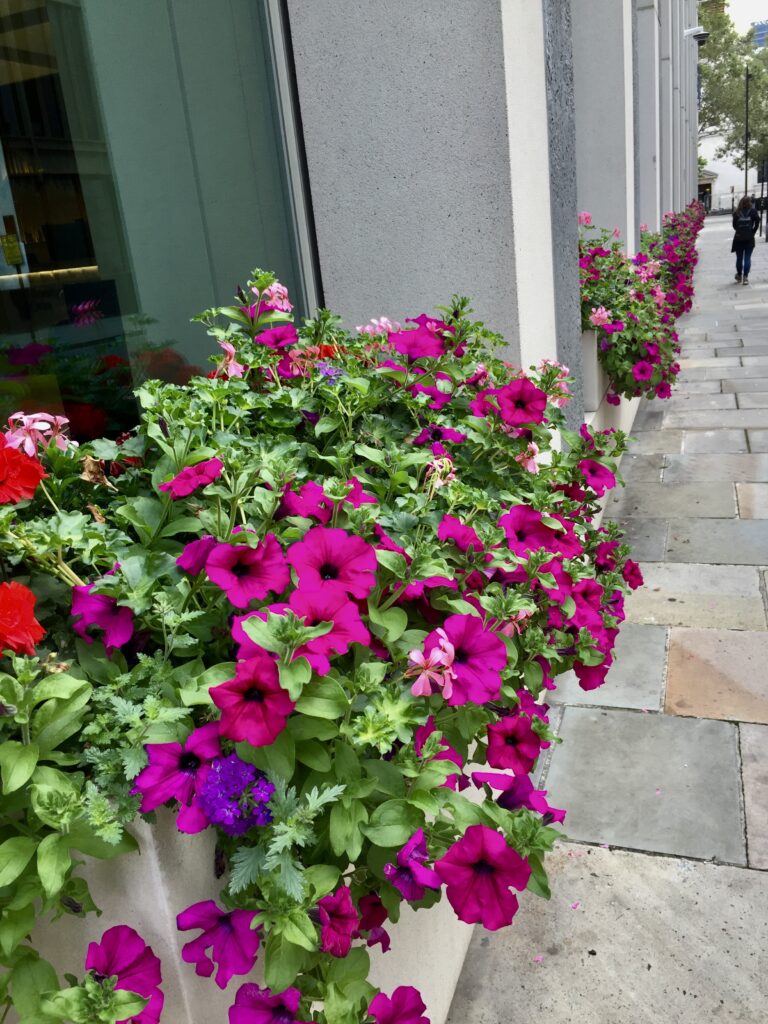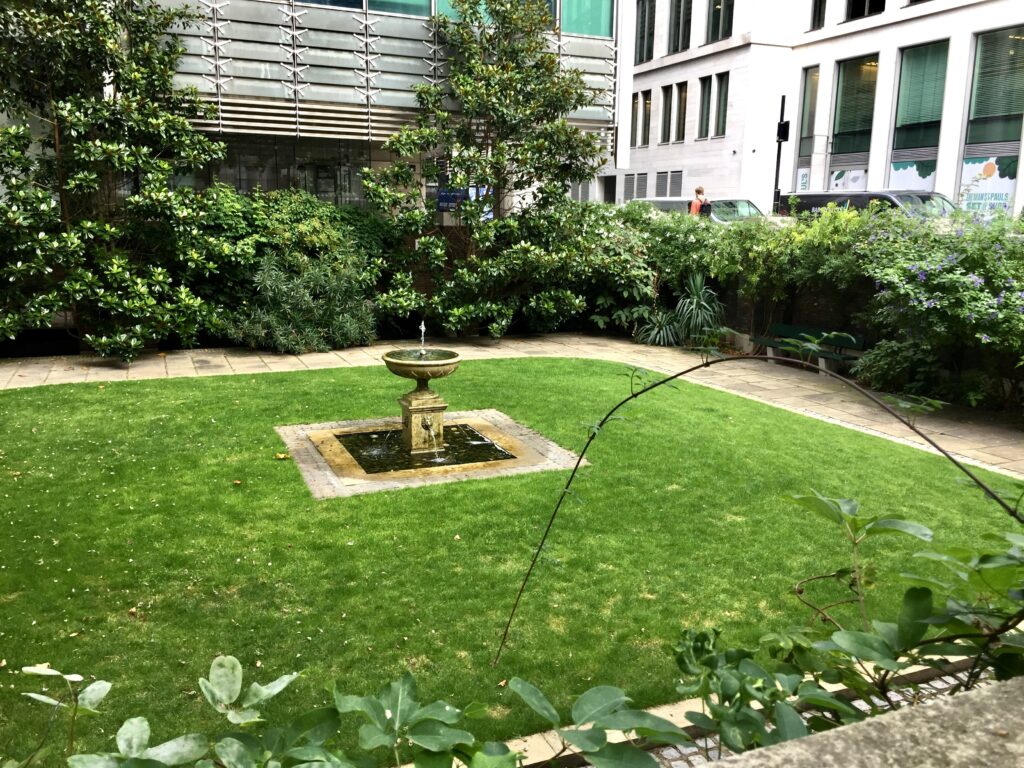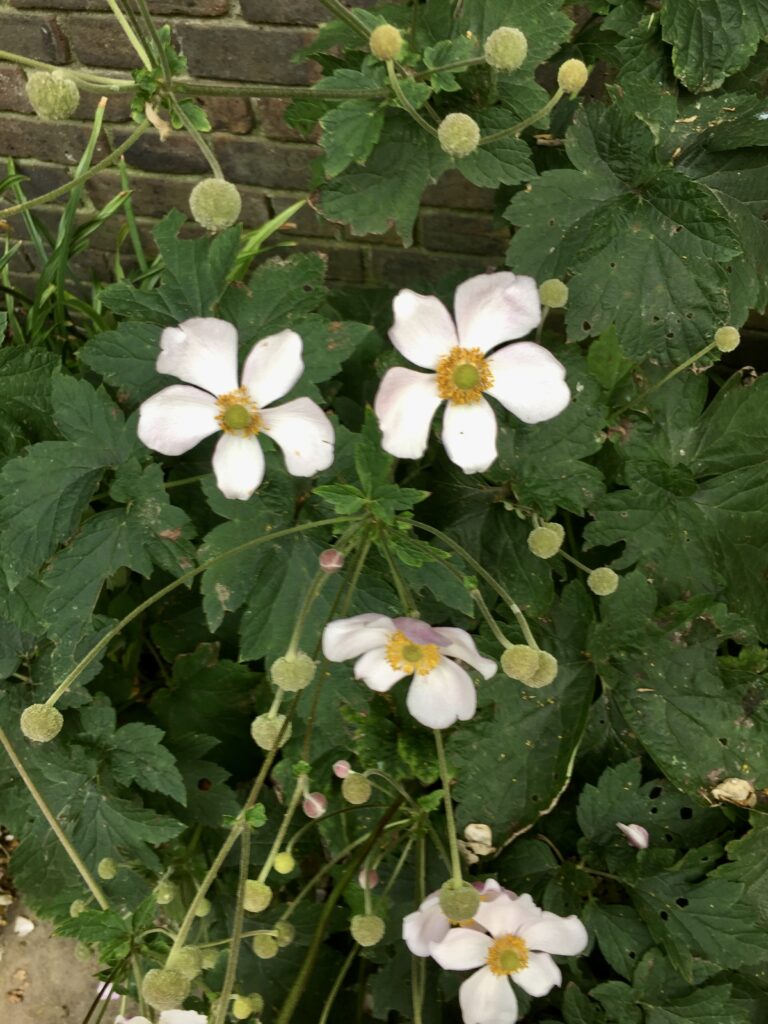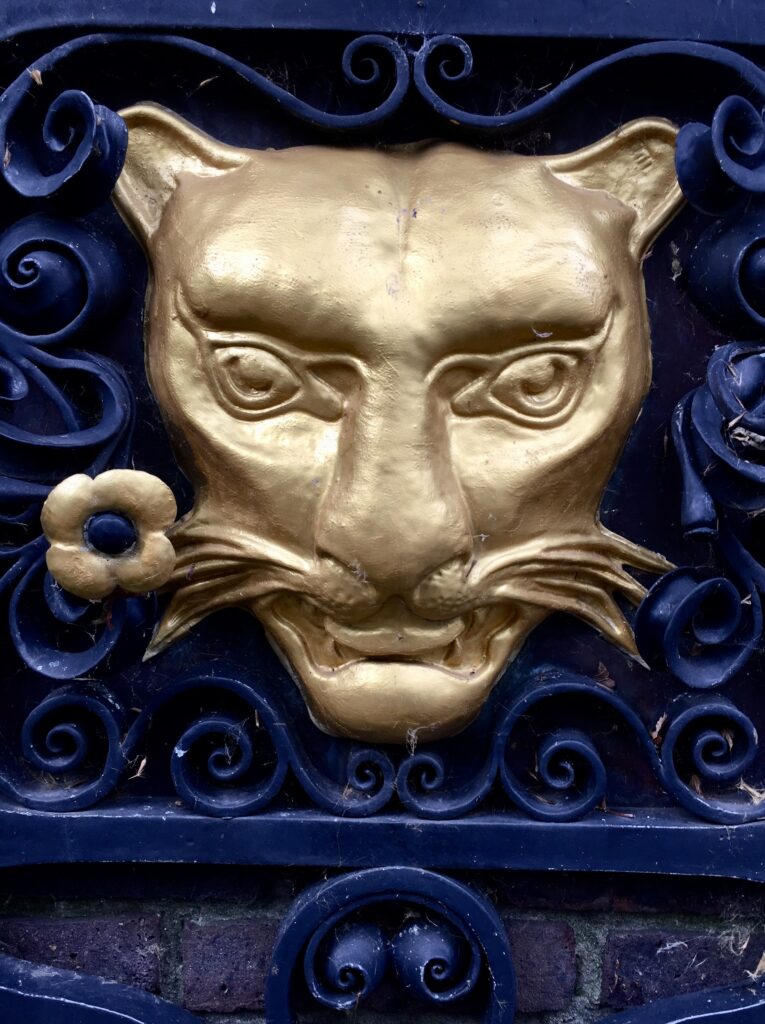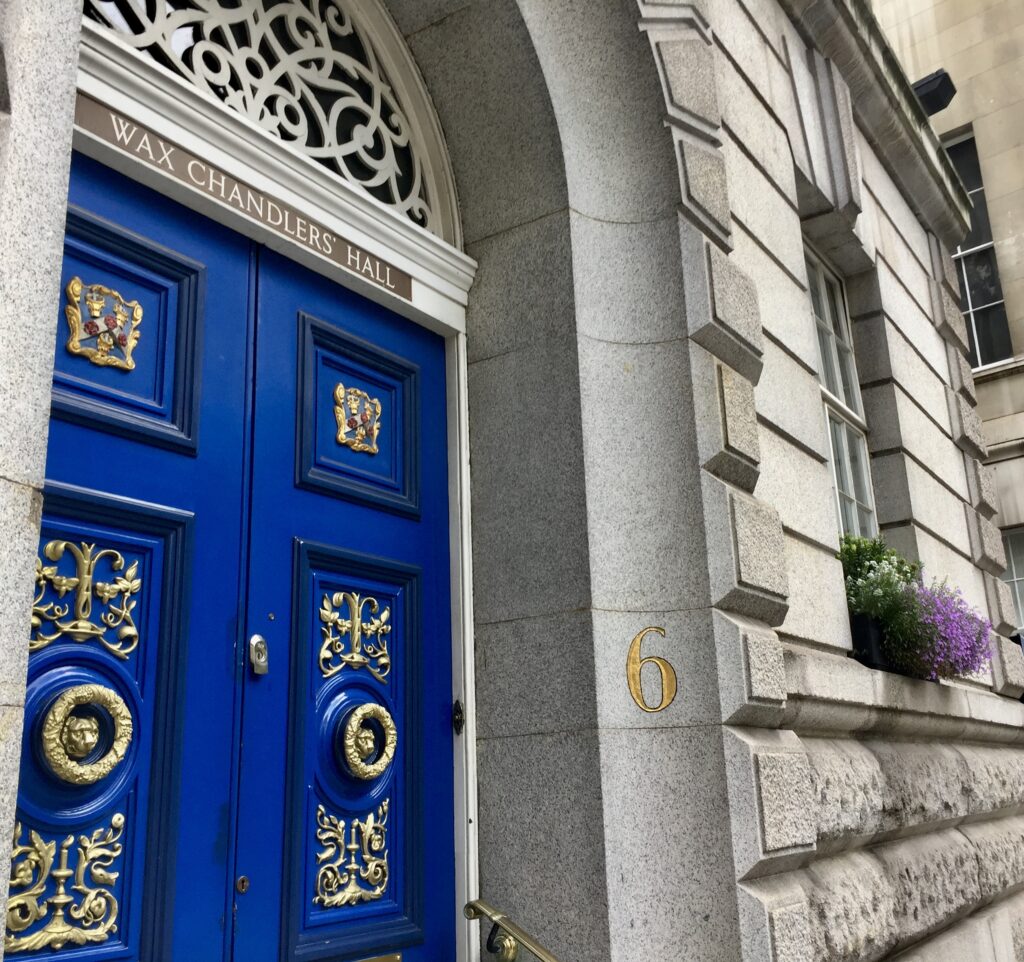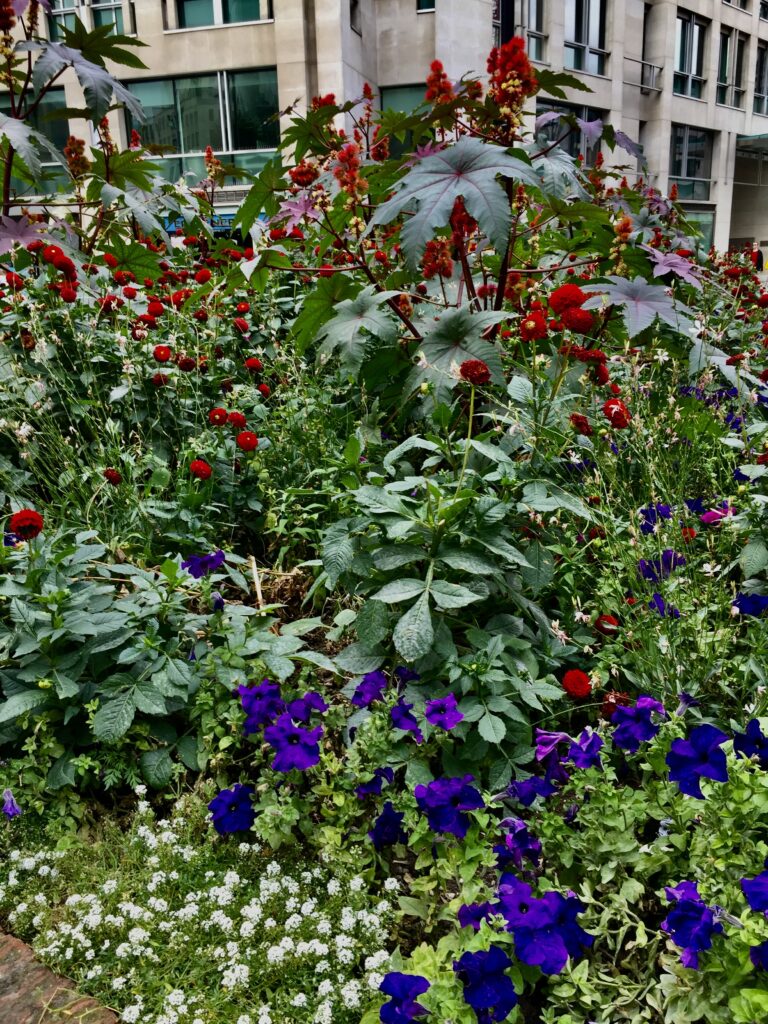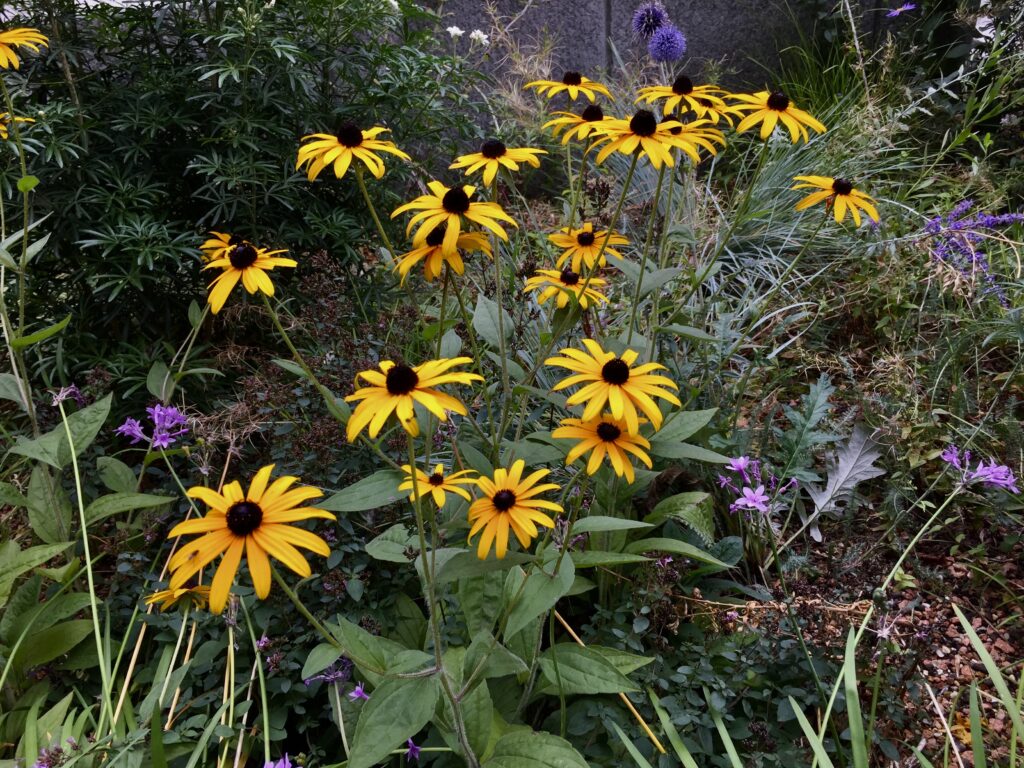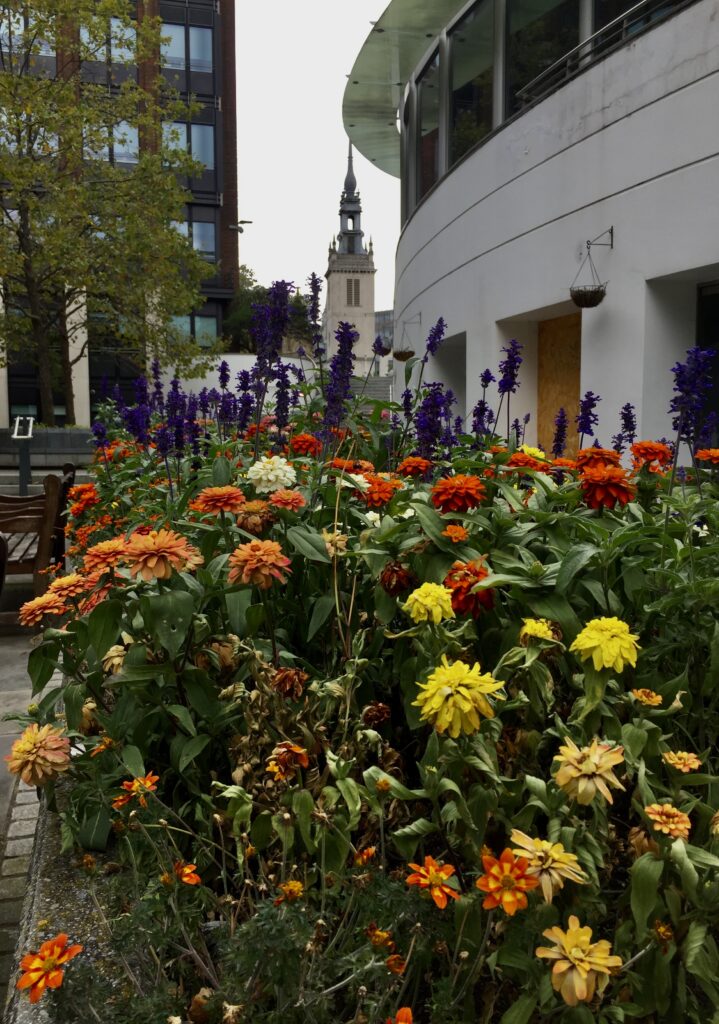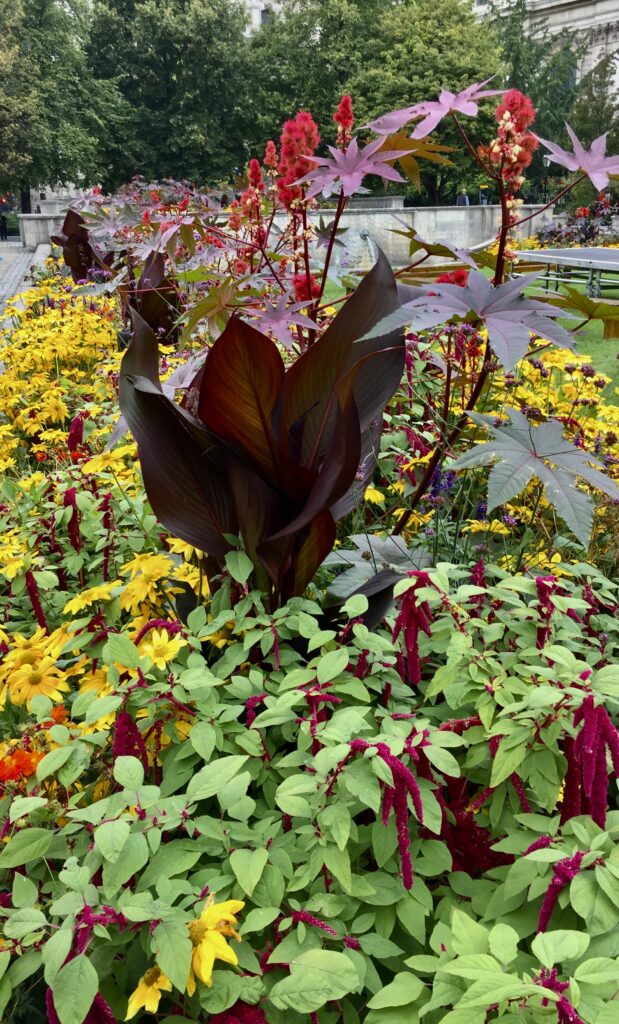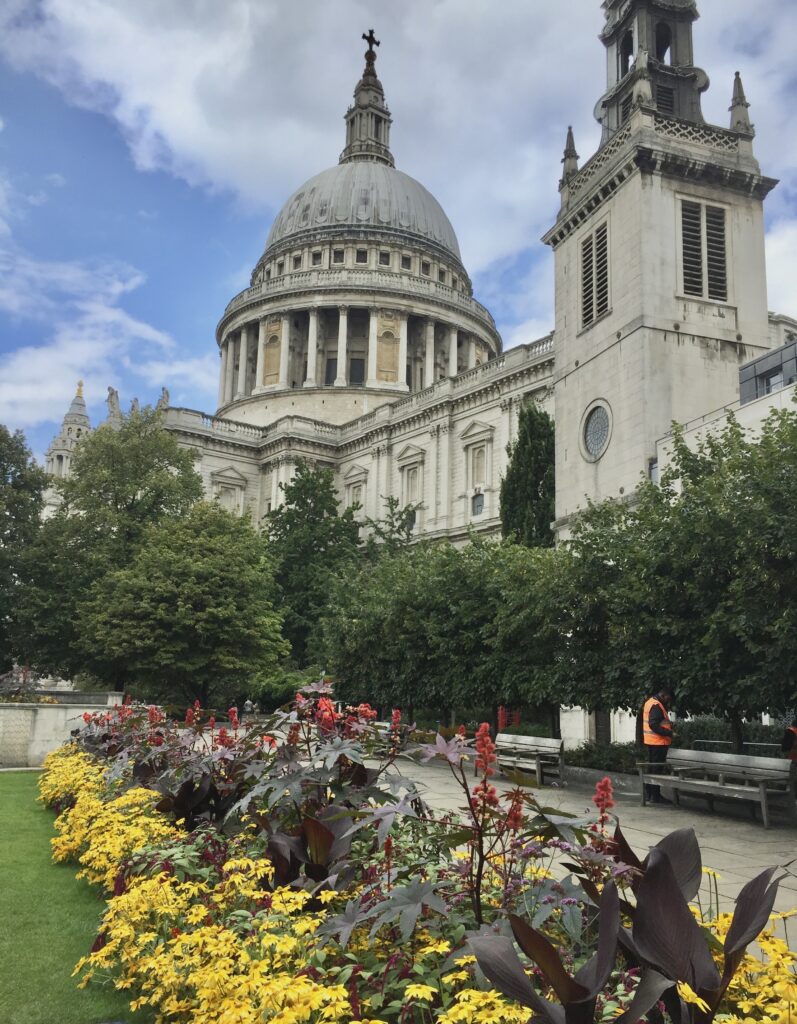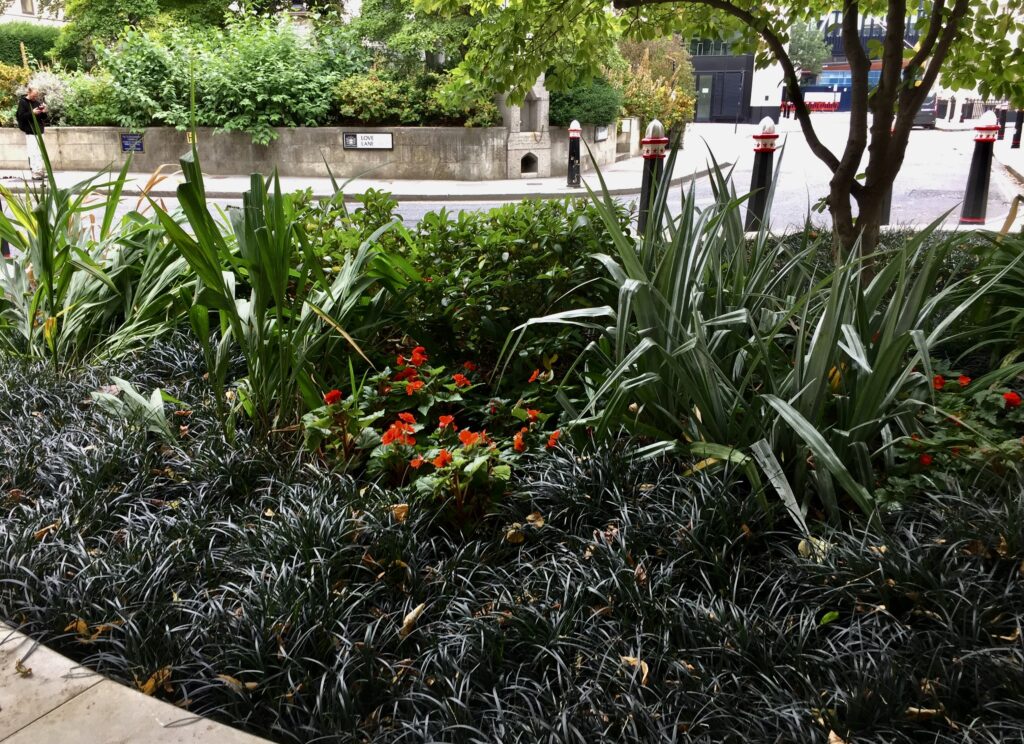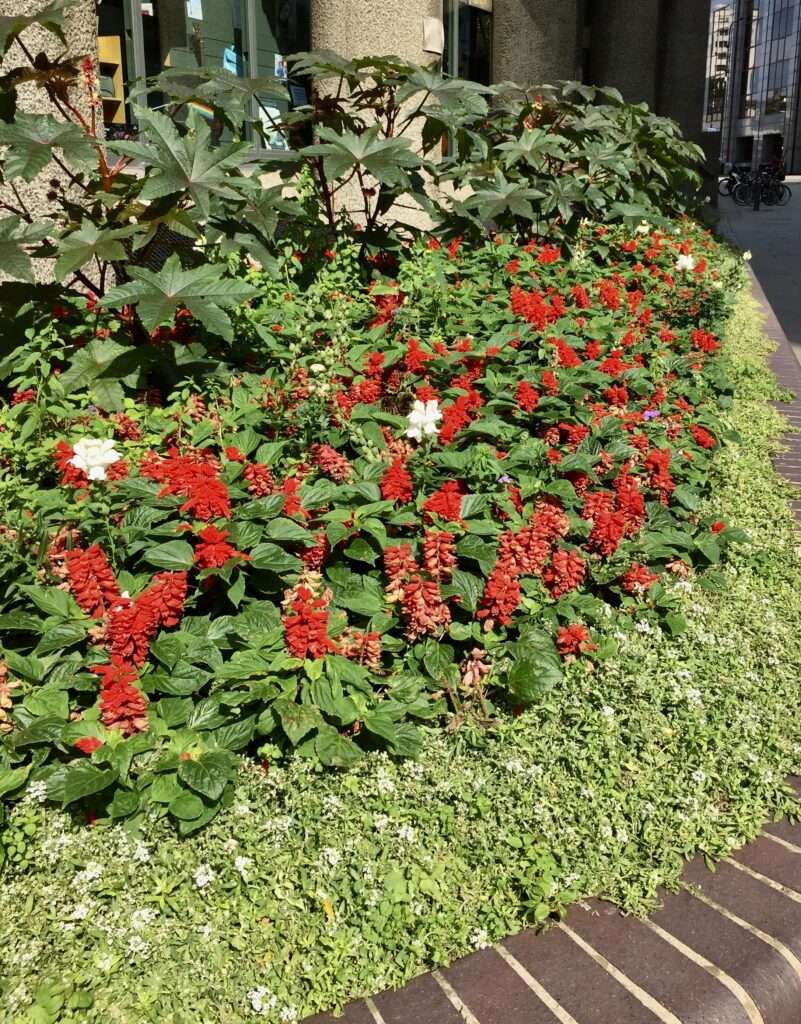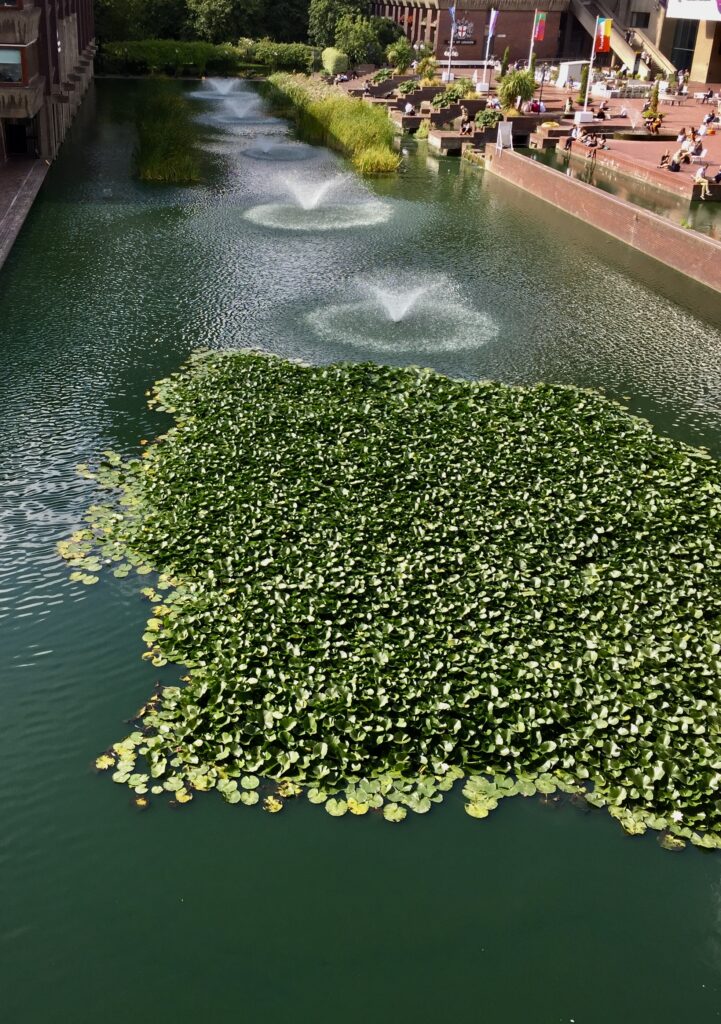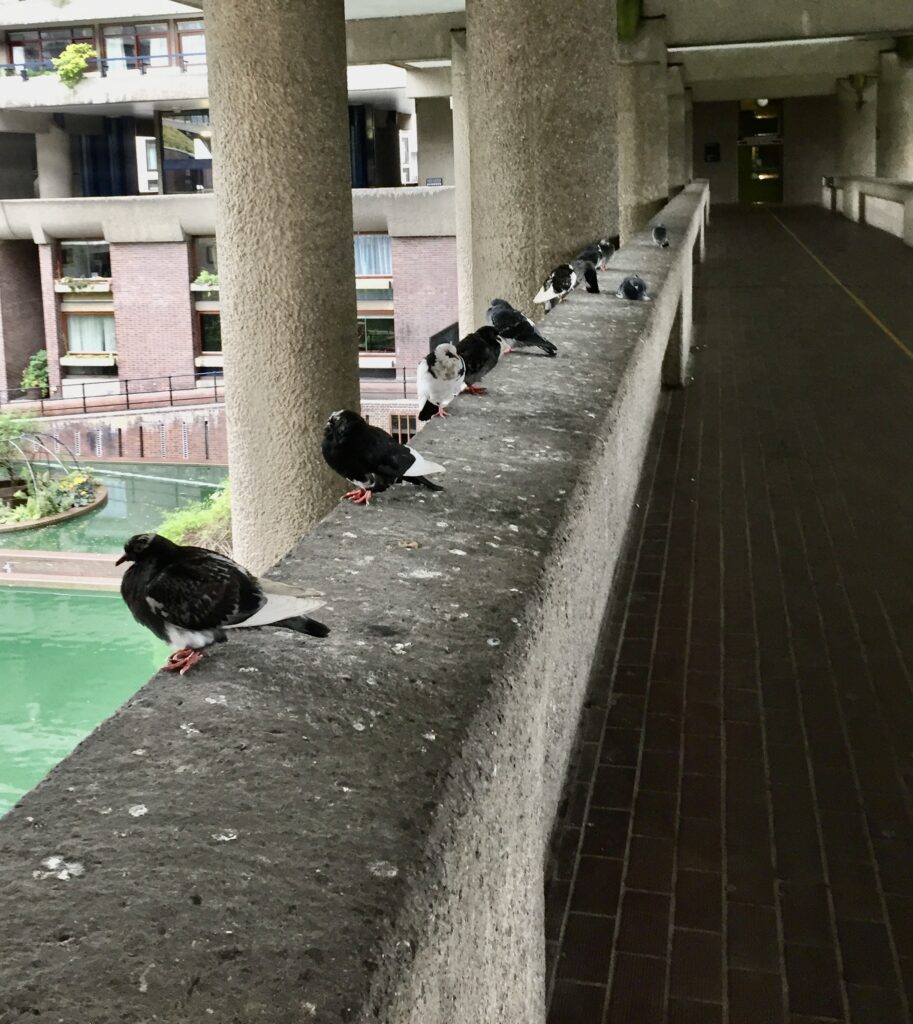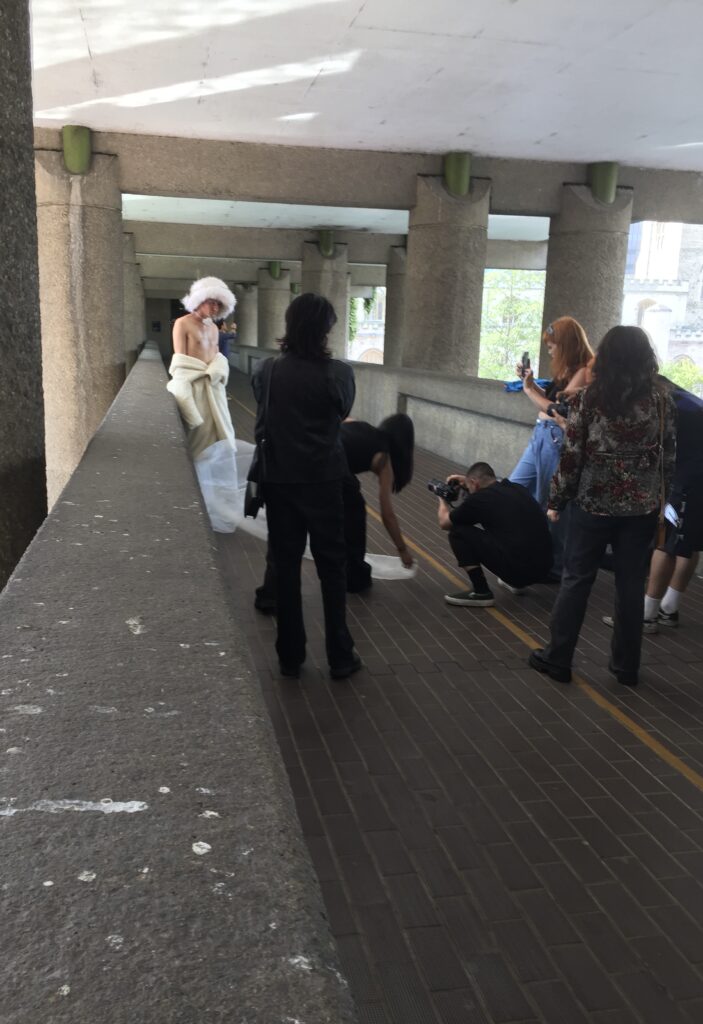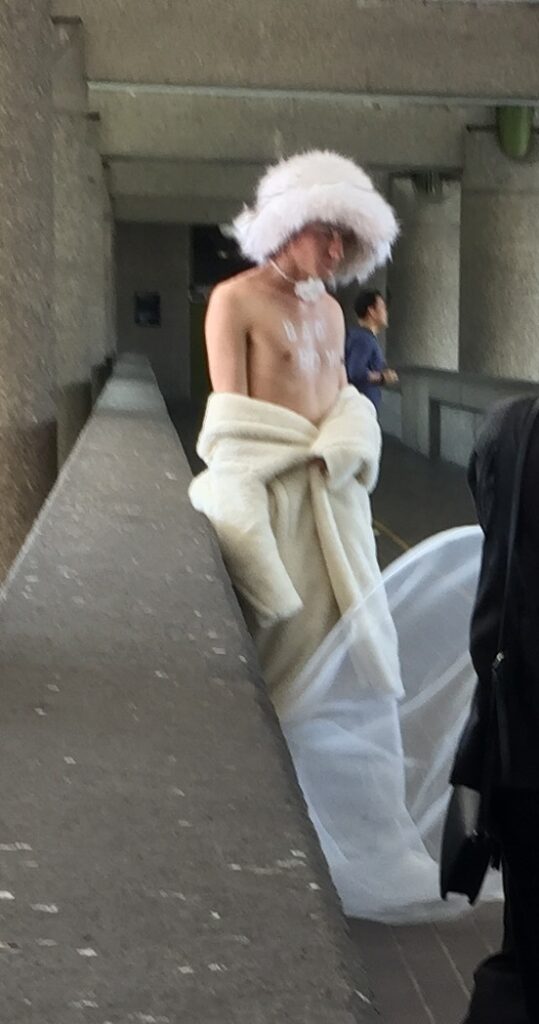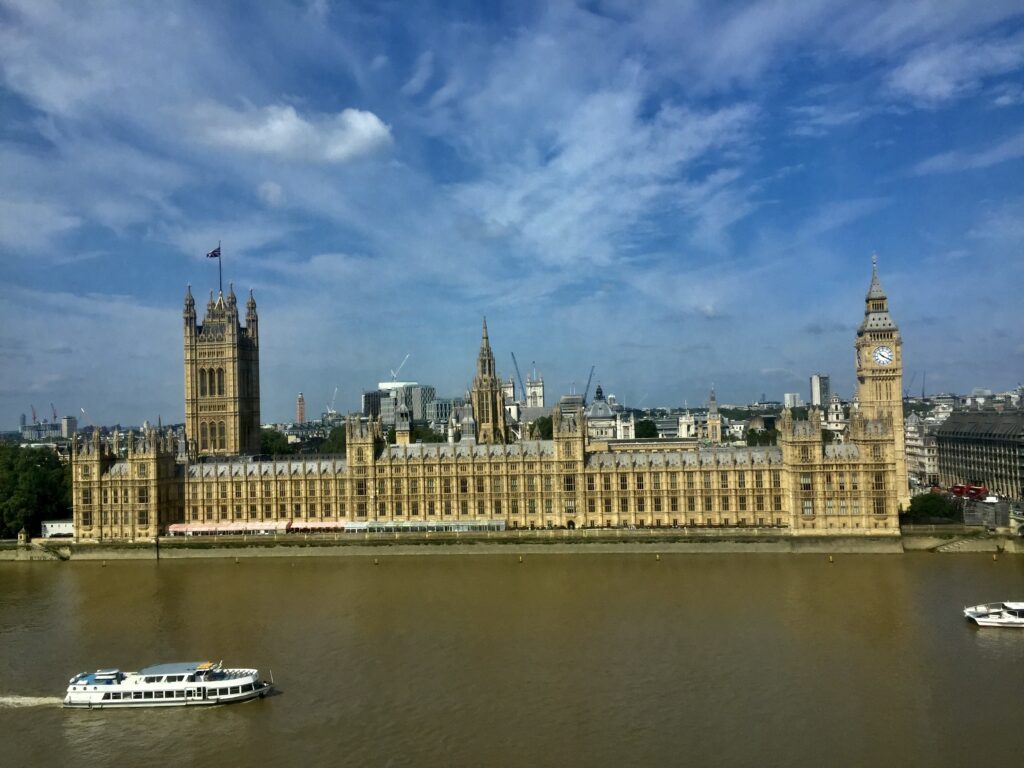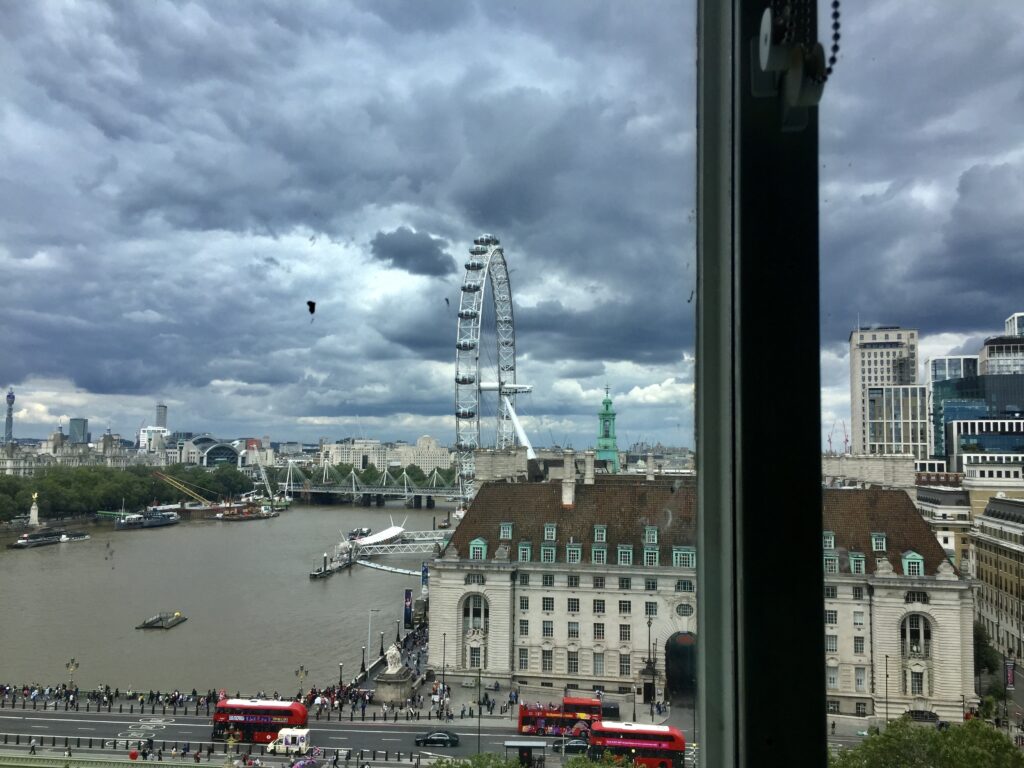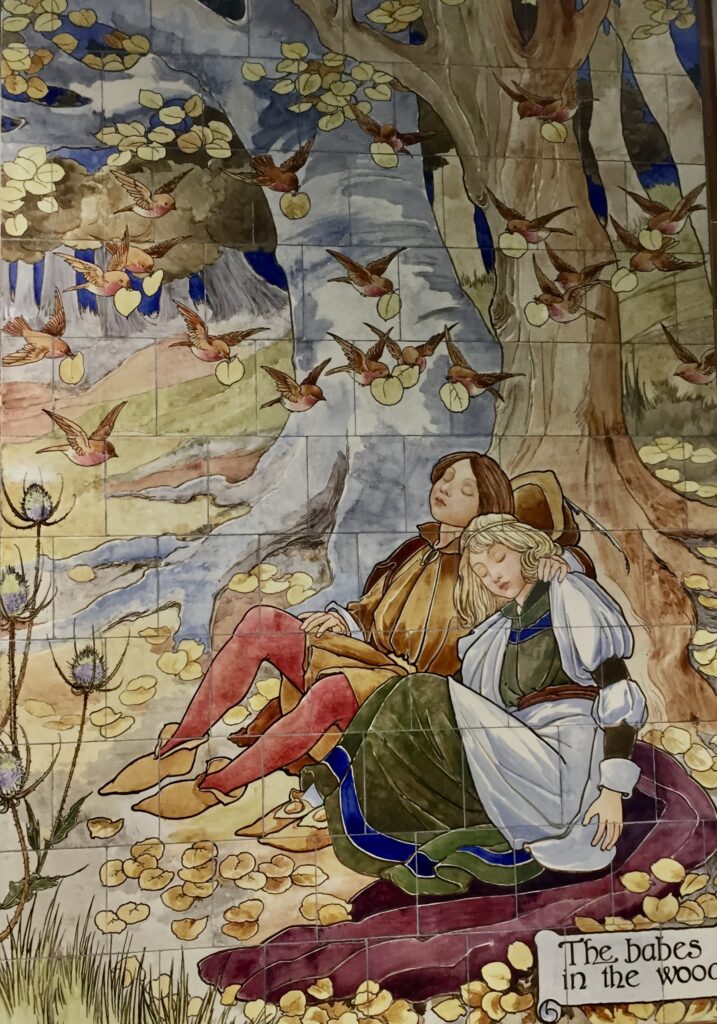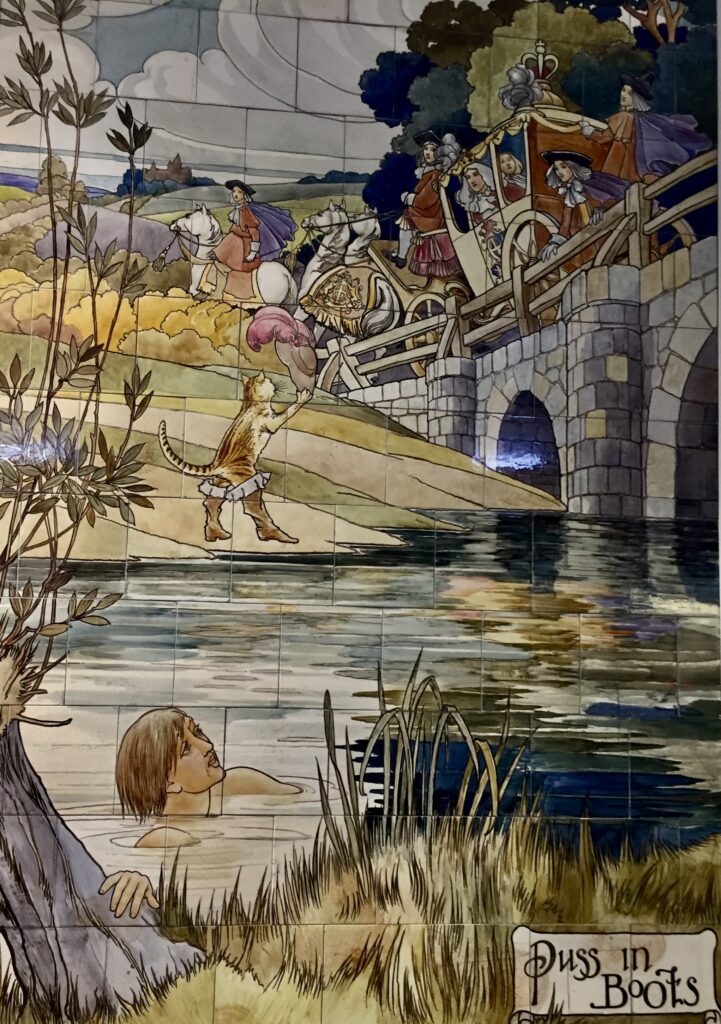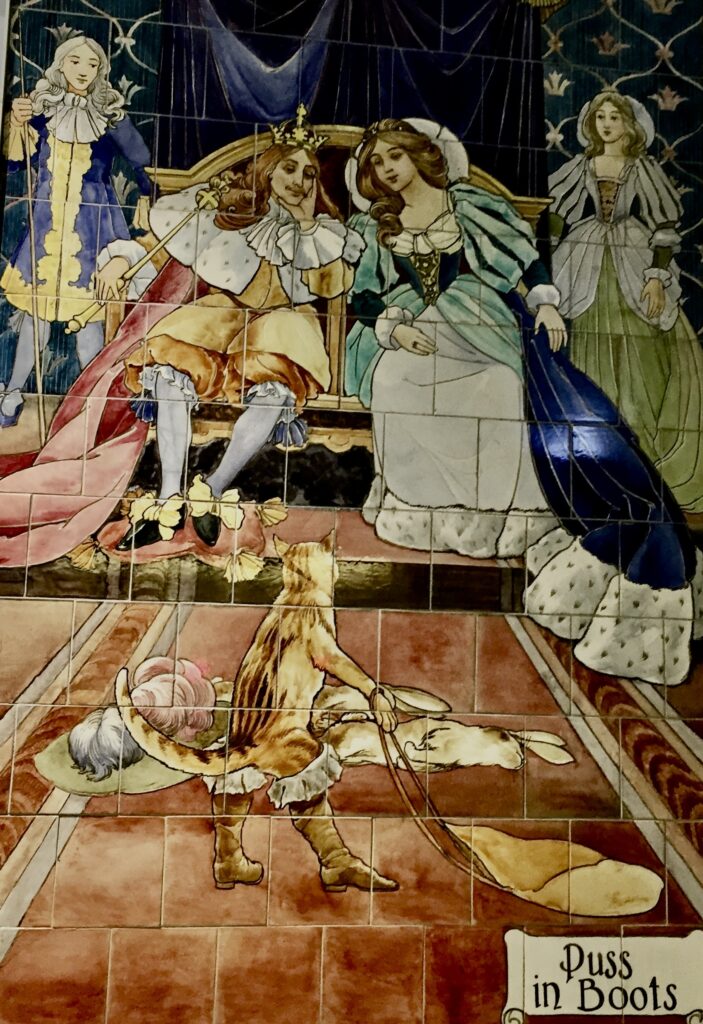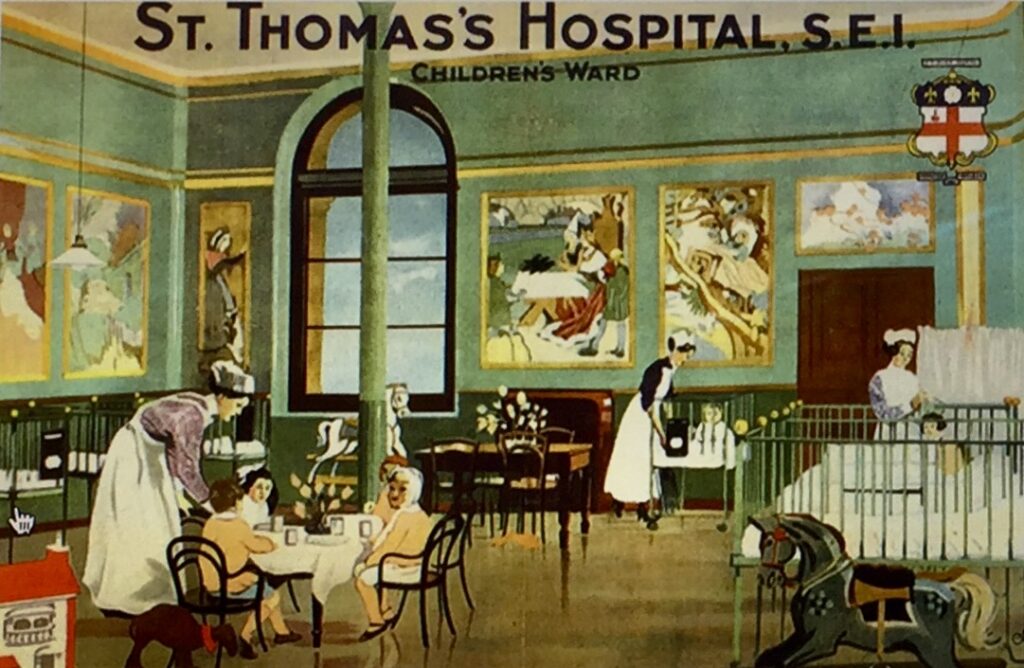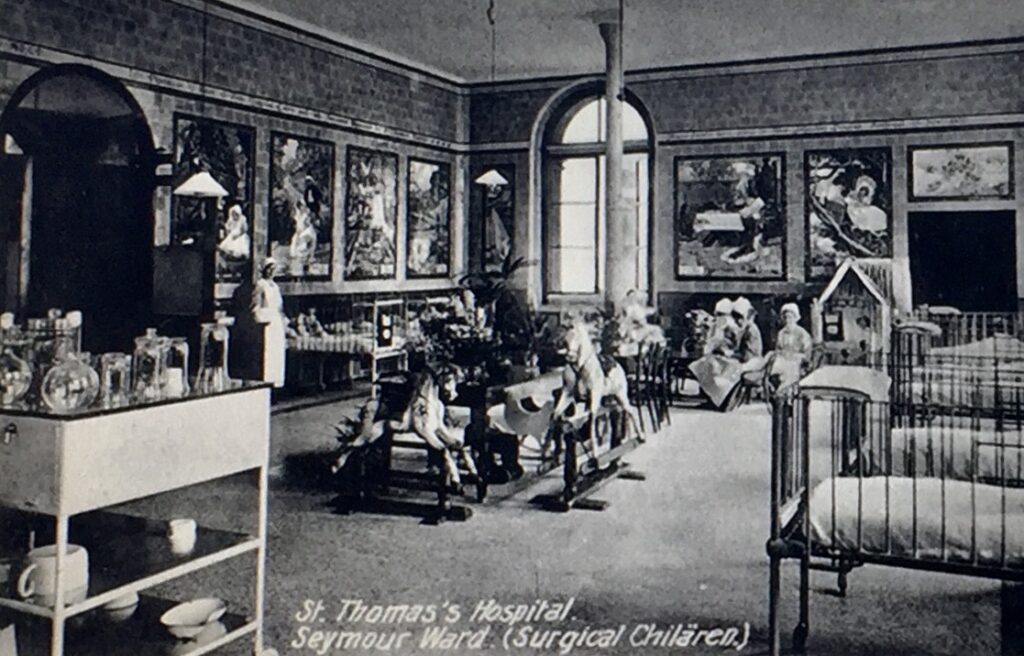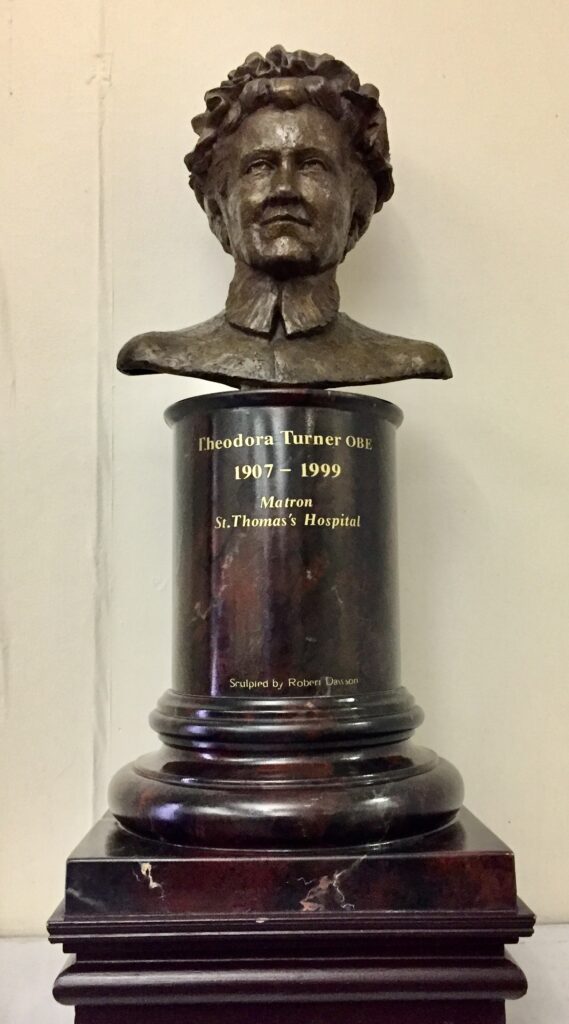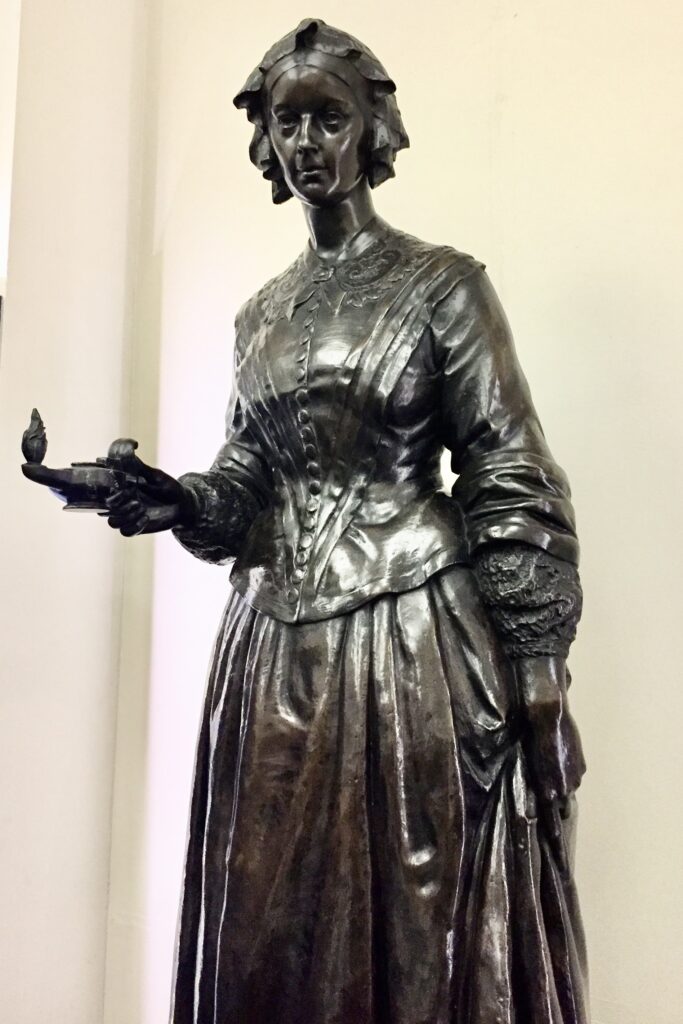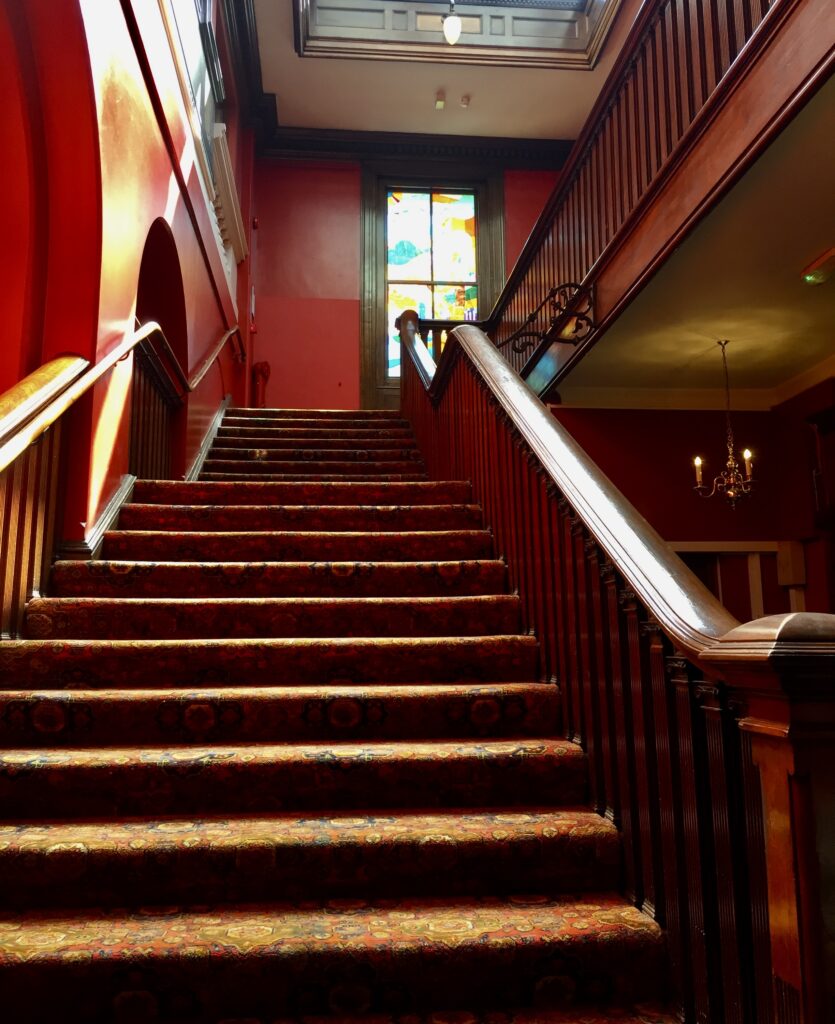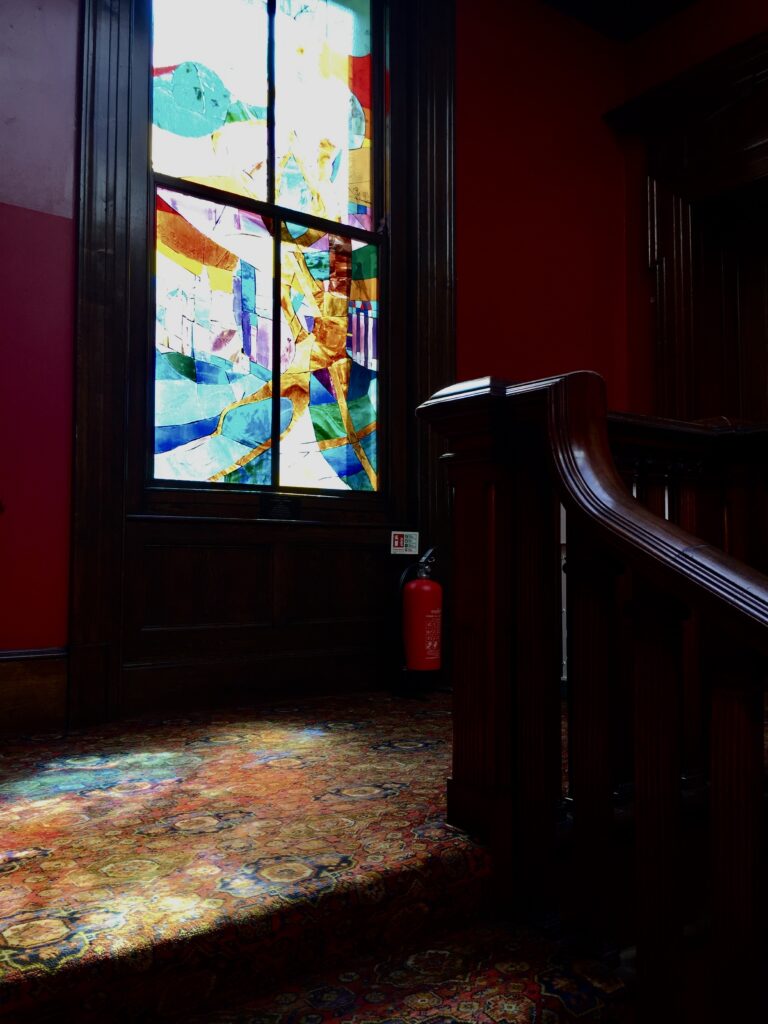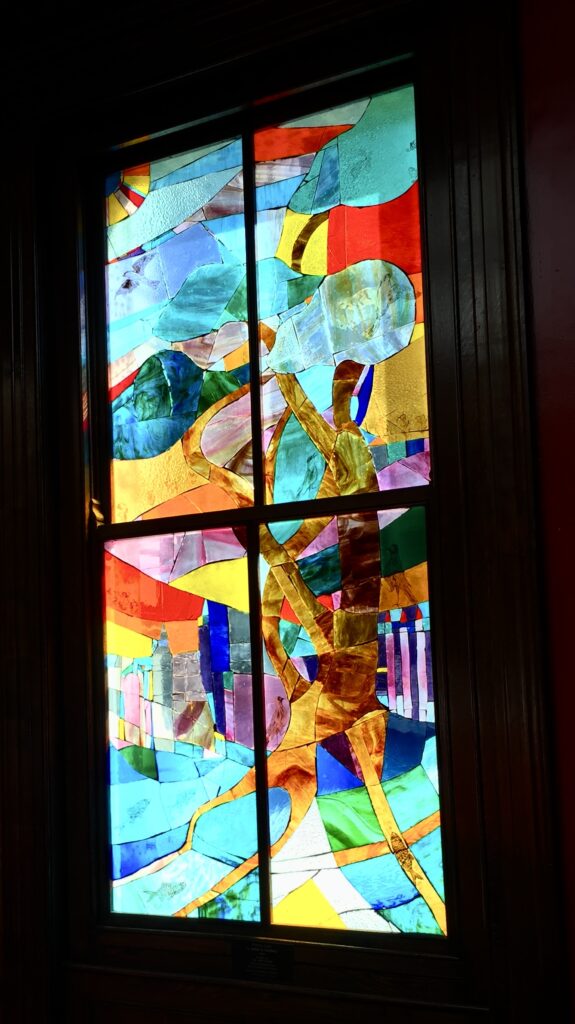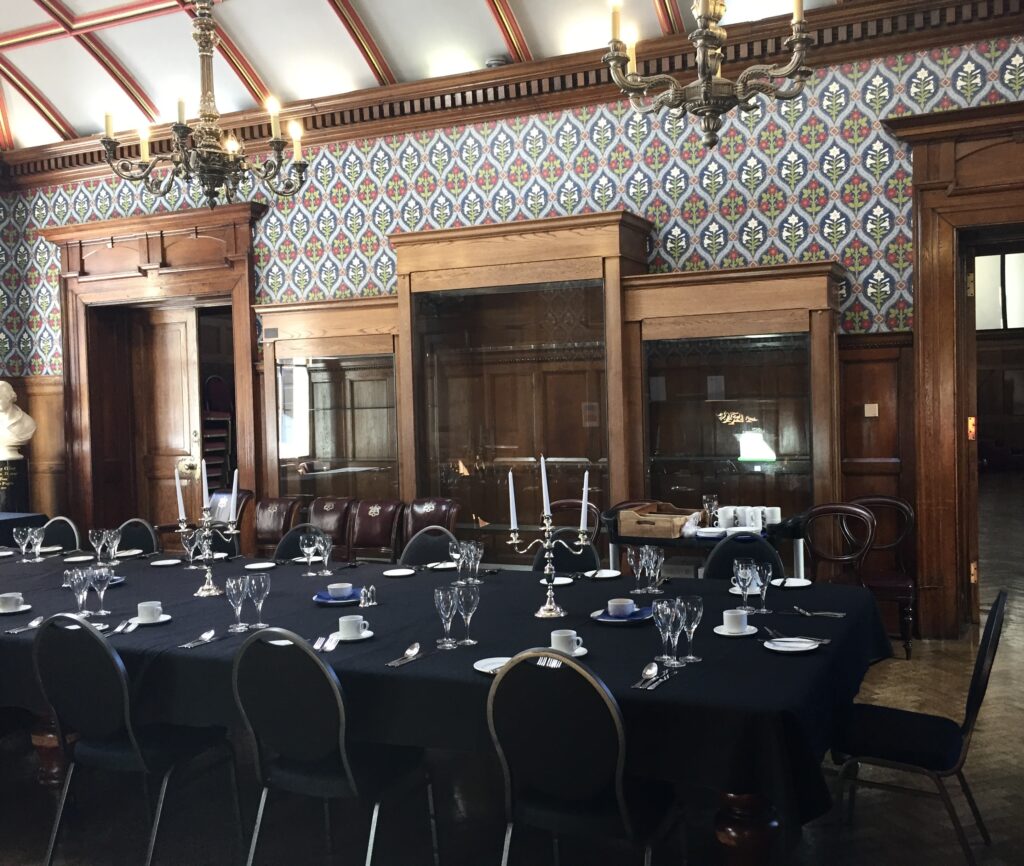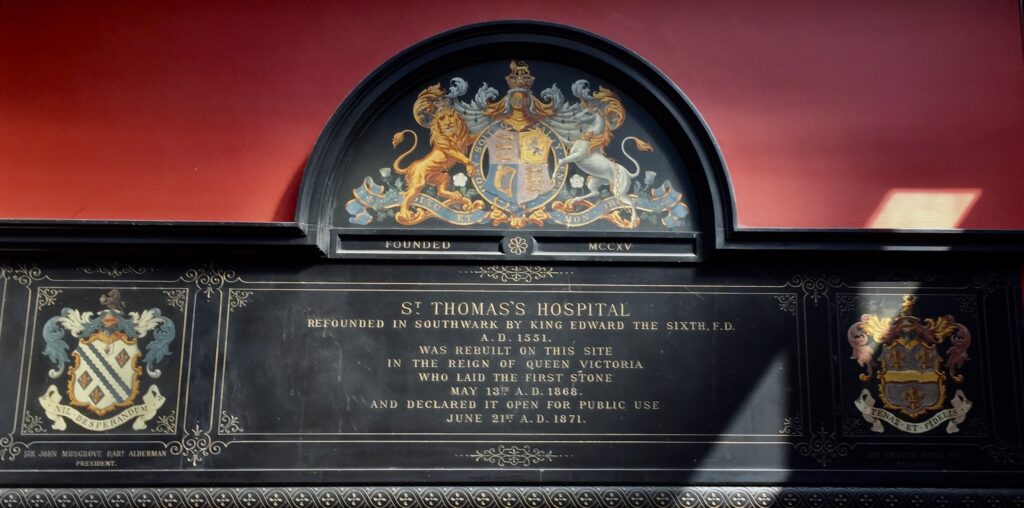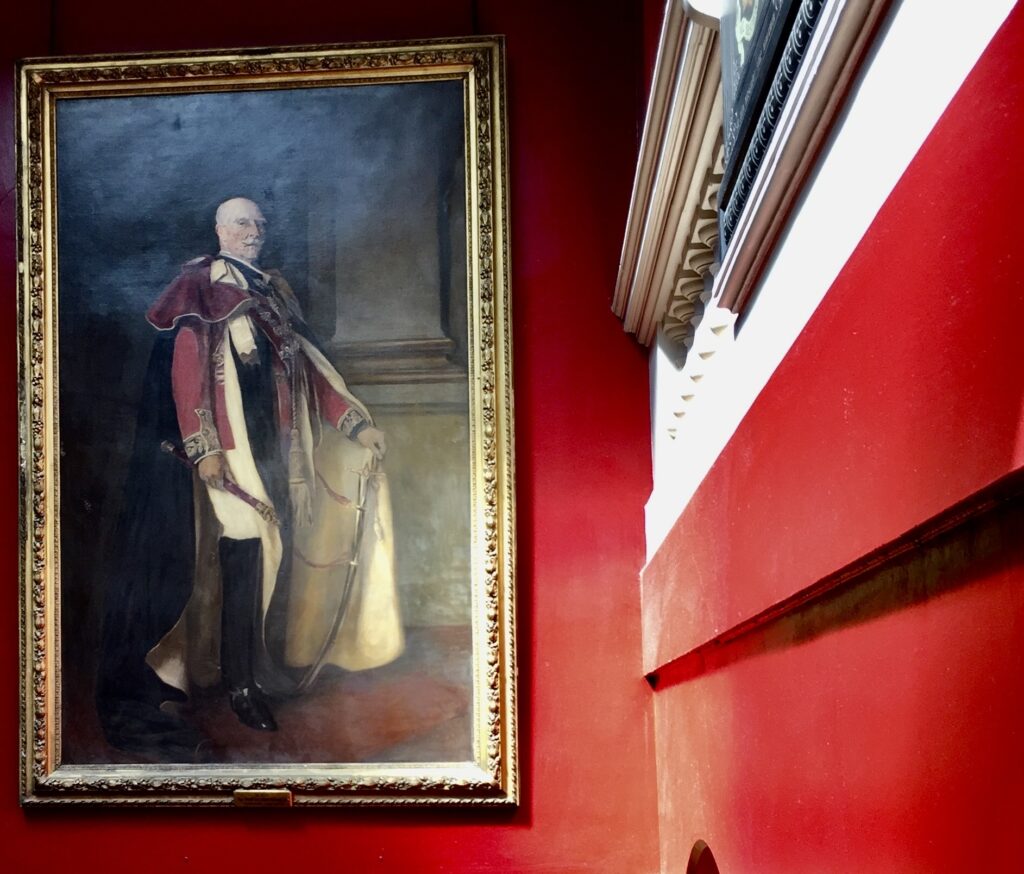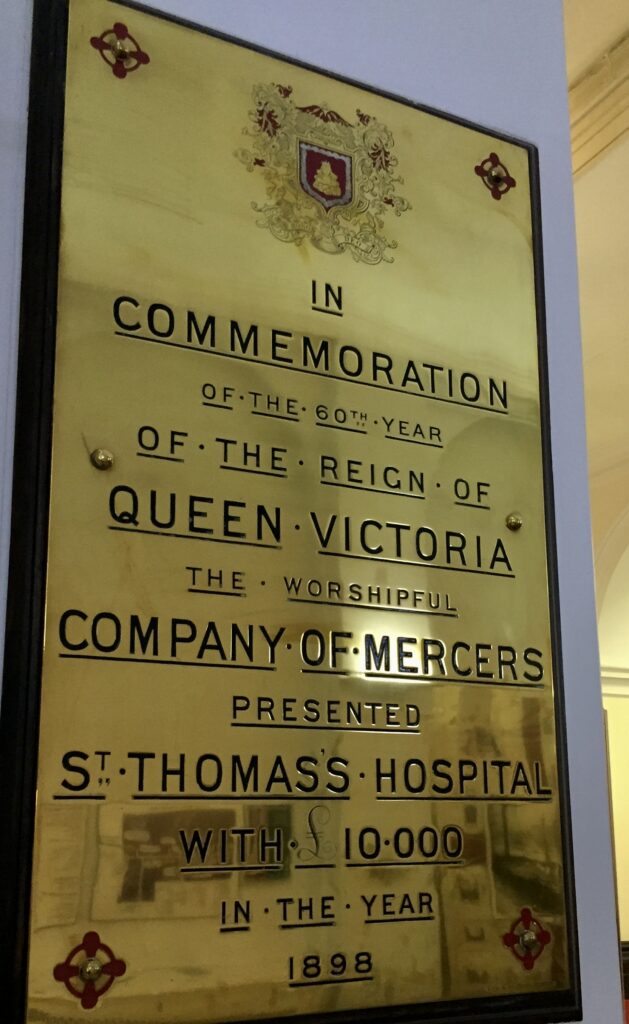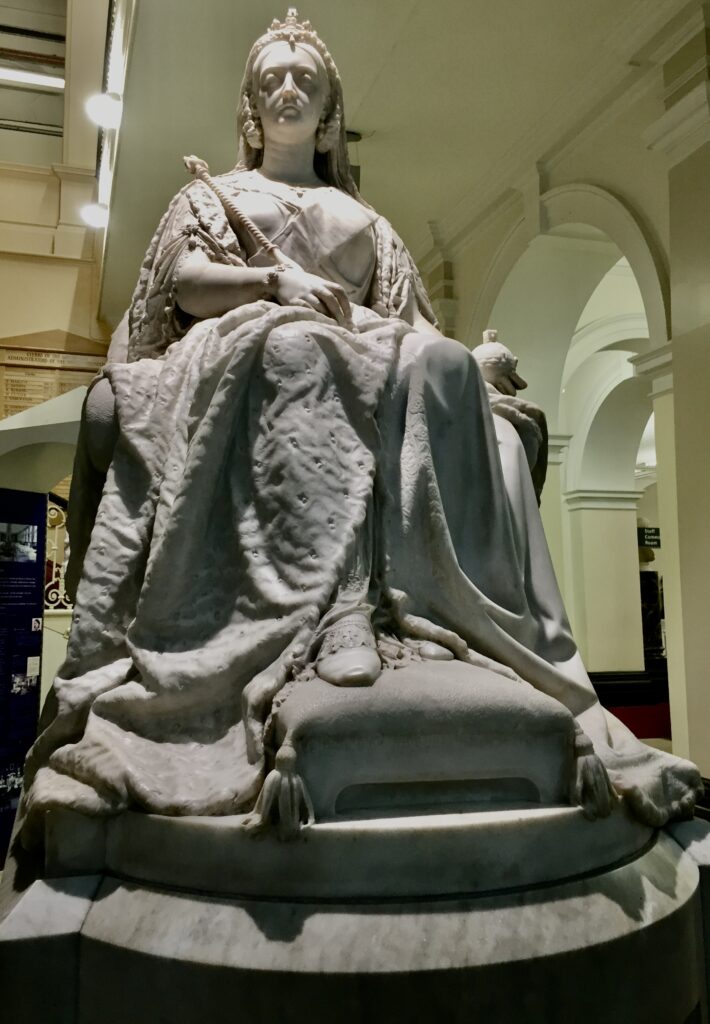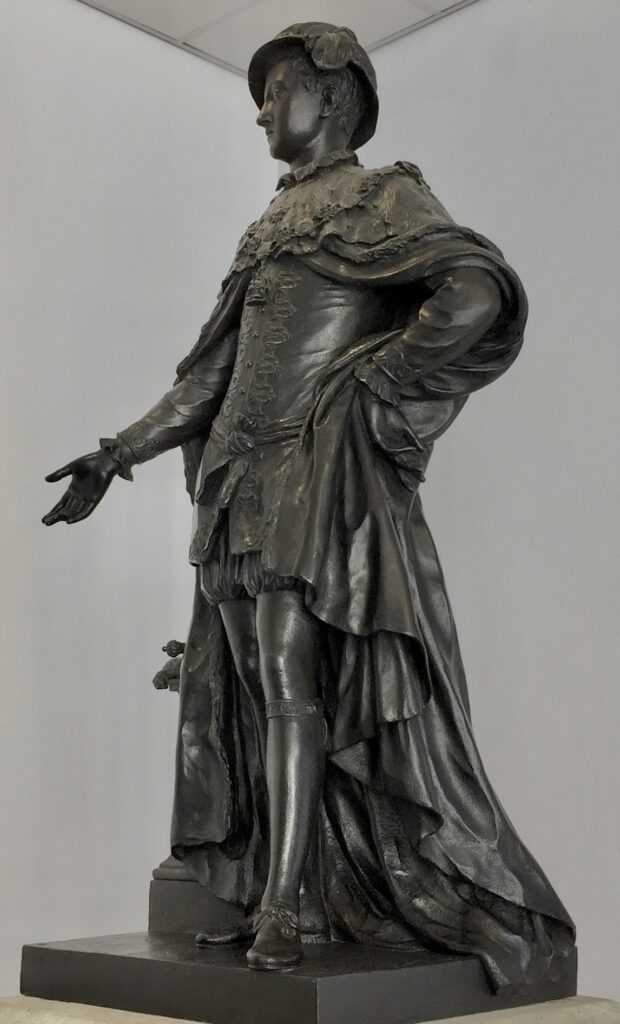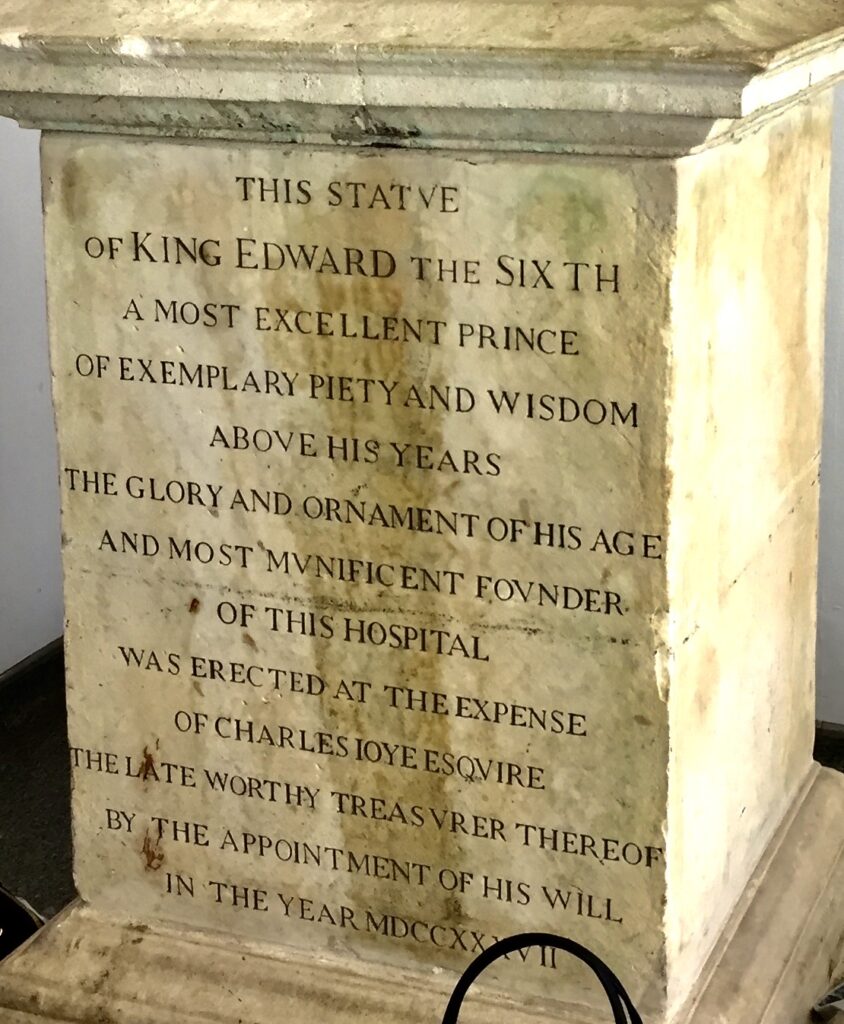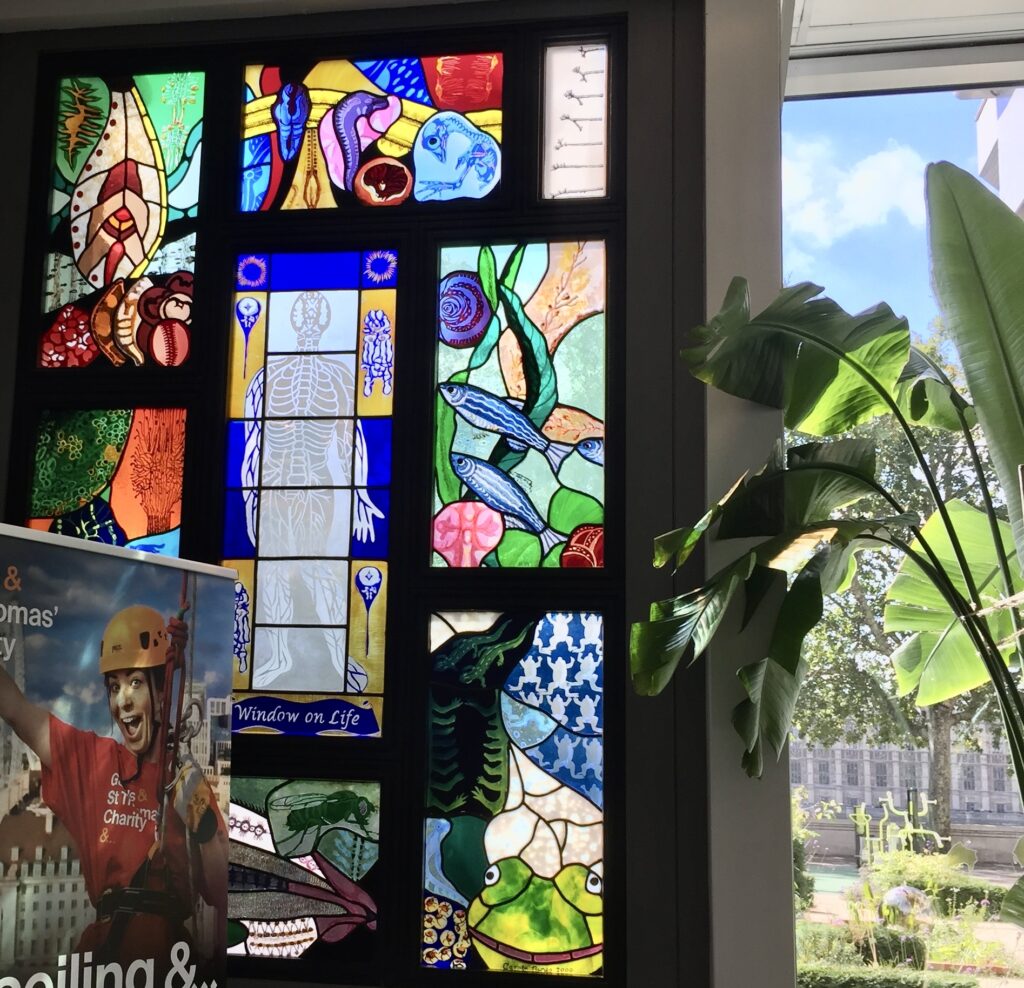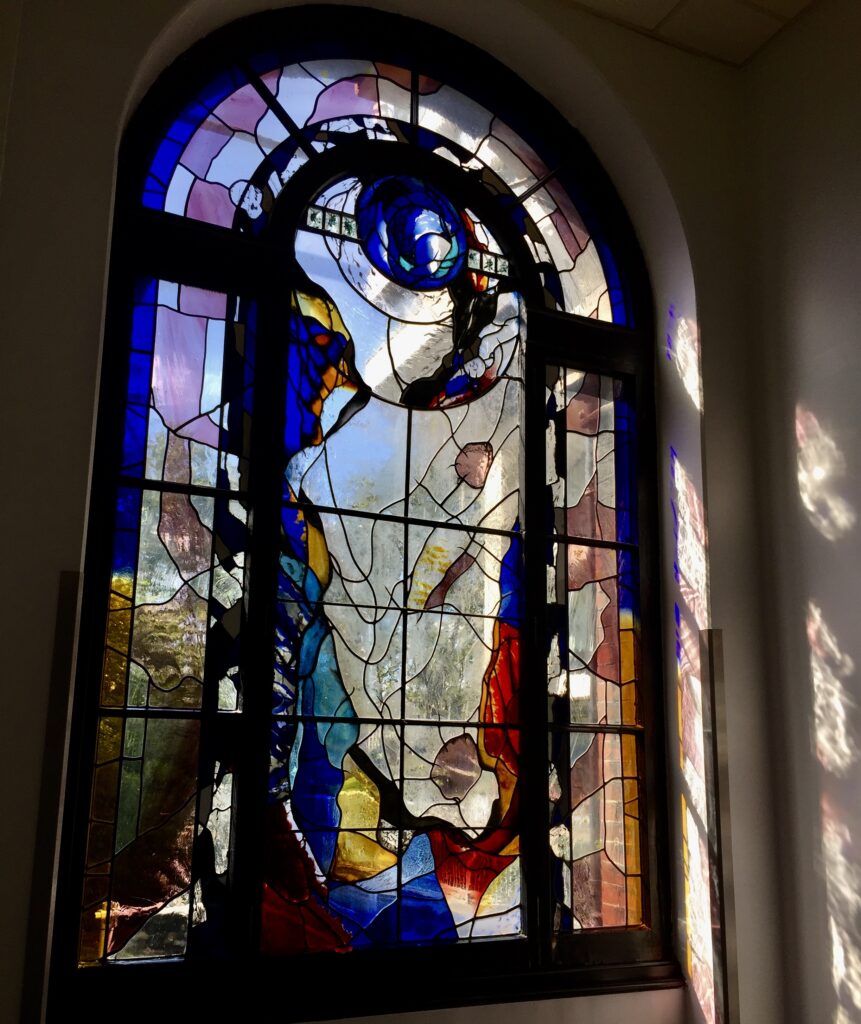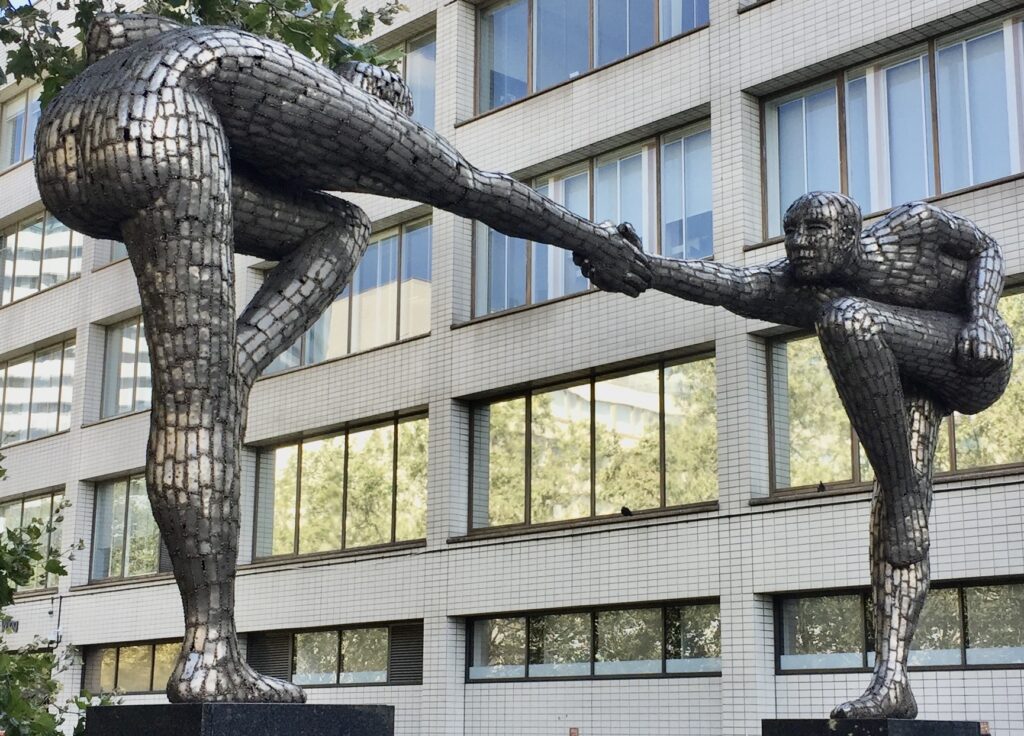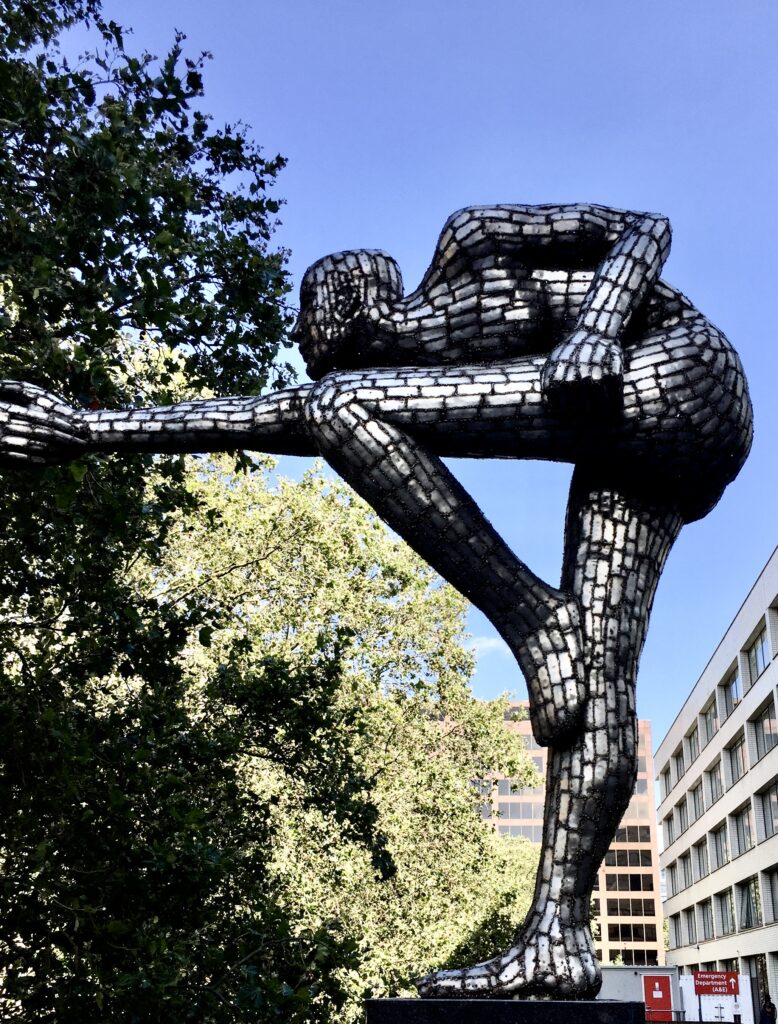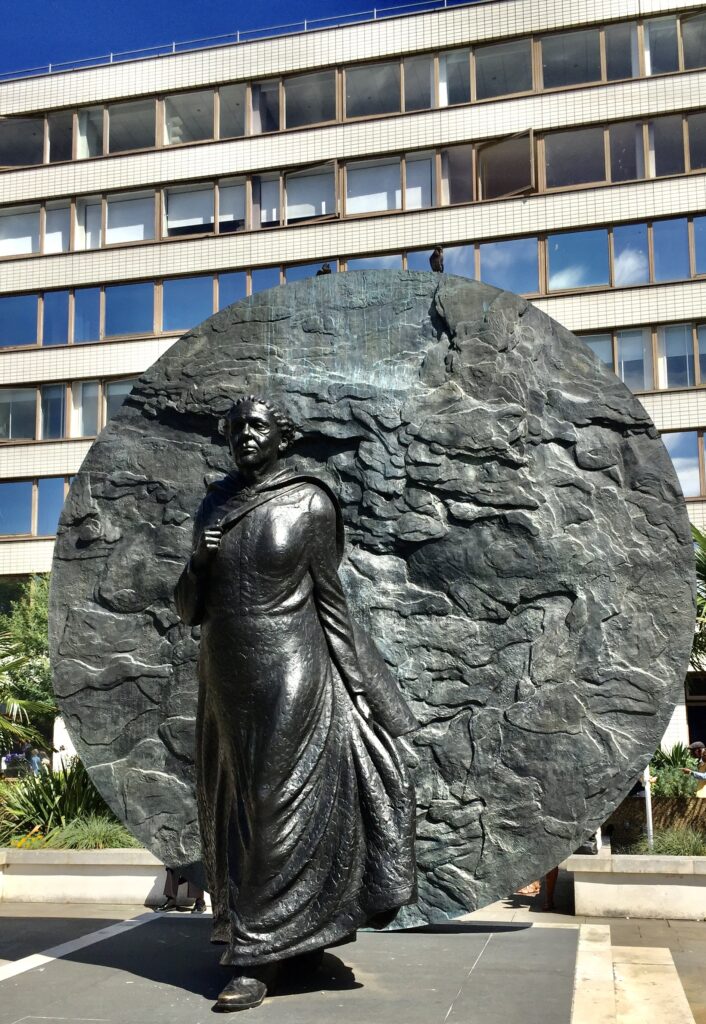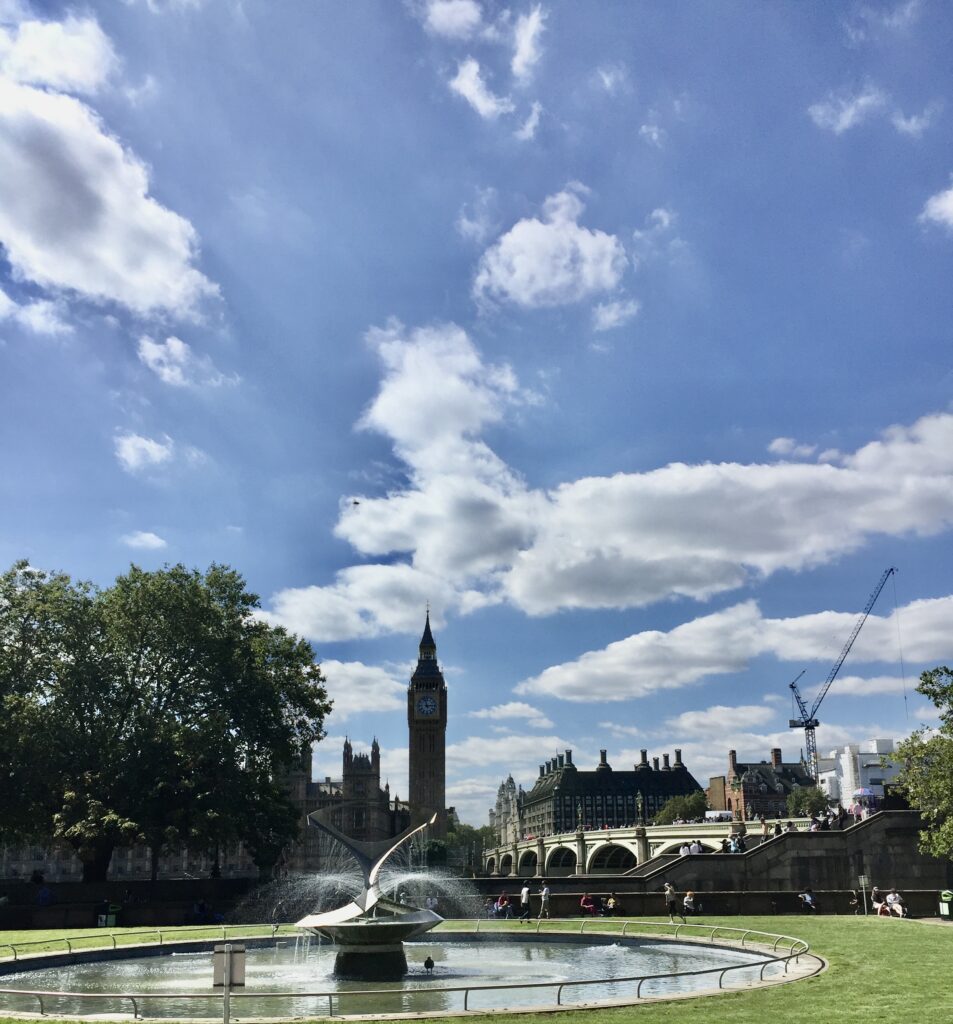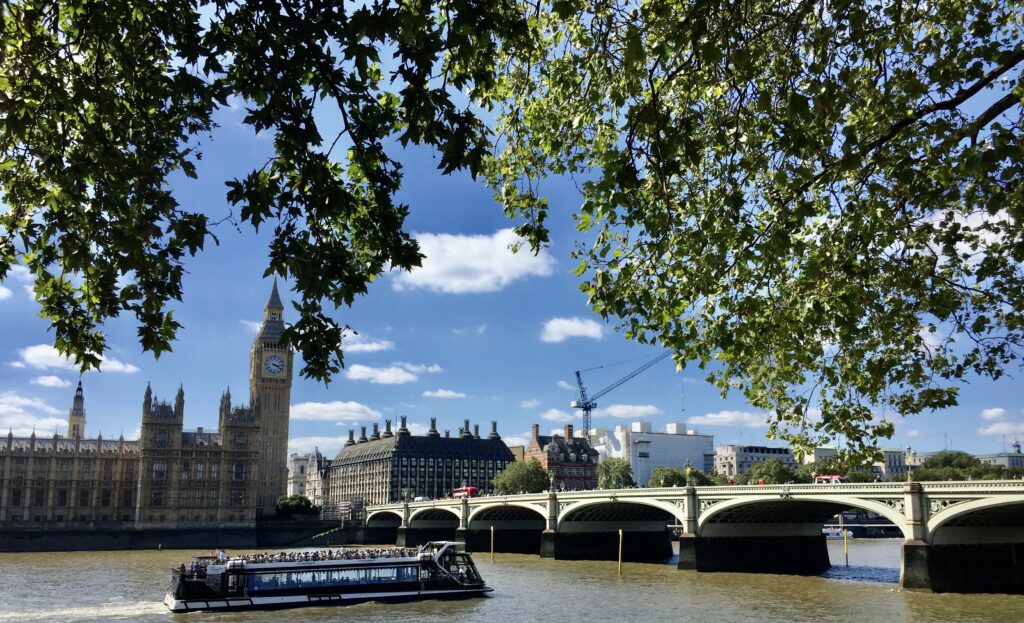A property deed signed by William Shakespeare and a near-perfect copy of the First Folio are on display as part of celebrations to mark the 400th anniversary of the publication of one of the world’s most significant literary treasures
The City of London Corporation’s copy of the 1623 First Folio, which was owned by one-time Prime Minister, William Petty Fitzmaurice, and is now conserved at Guildhall Library, is one of the finest and most complete copies in the world …
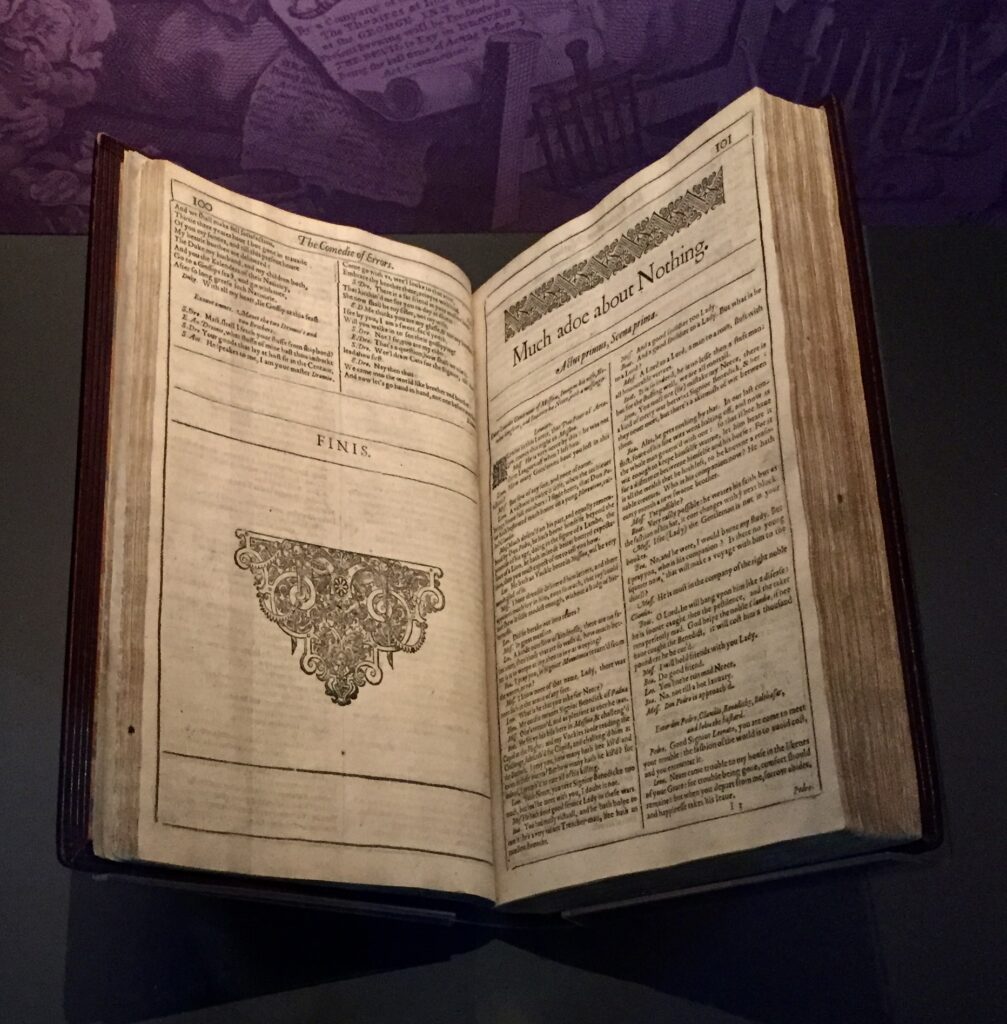
The book was published in 1623, seven years after Shakespeare’s death. It’s a collection of 36 of his works and was brought together by two of his friends, John Heminge and Henry Condell under the full title of:
Mr. William Shakespeares comedies, histories, & tragedies. Published according to the true originall copies.
As a tribute to their friend, Heminges and Condell wanted to put forward the best possible version of Shakespeare’s plays, so they used original prompt books, quartos, and original notes to collate the final collection.
The title page has an engraving of the playwright …
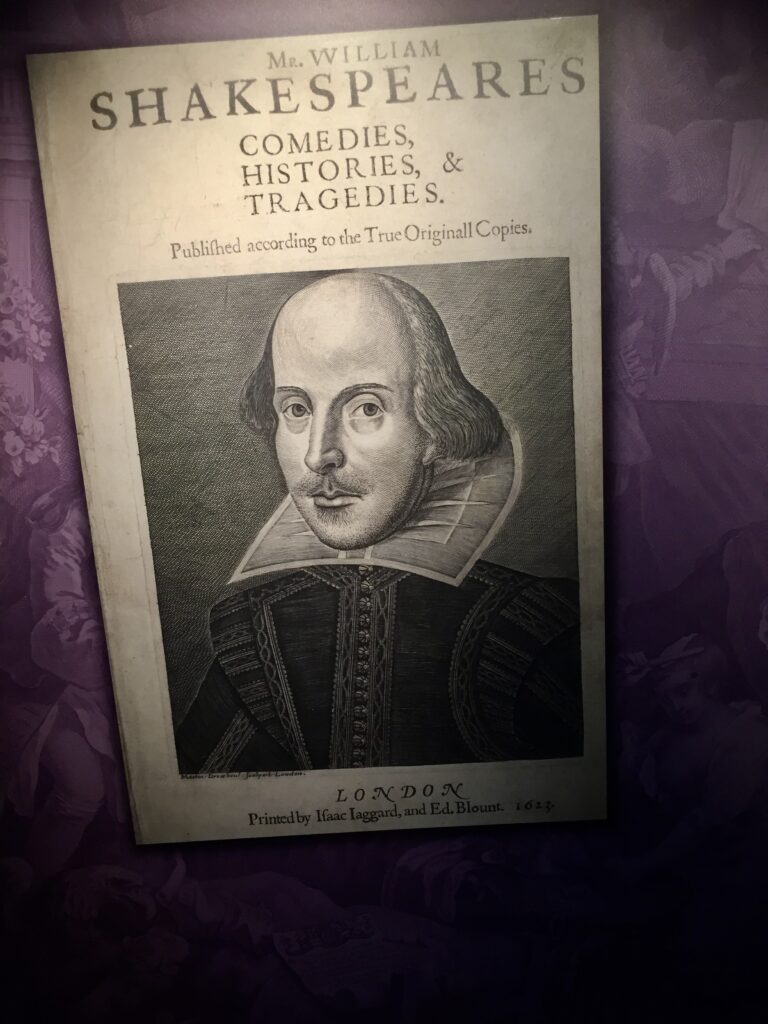
This is an important image since it’s one of the few portraits of Shakespeare to have been approved by those who had known him personally.
The parish register containing the entry for the burial of Edmund Shakespeare, William’s nephew, is also on display …
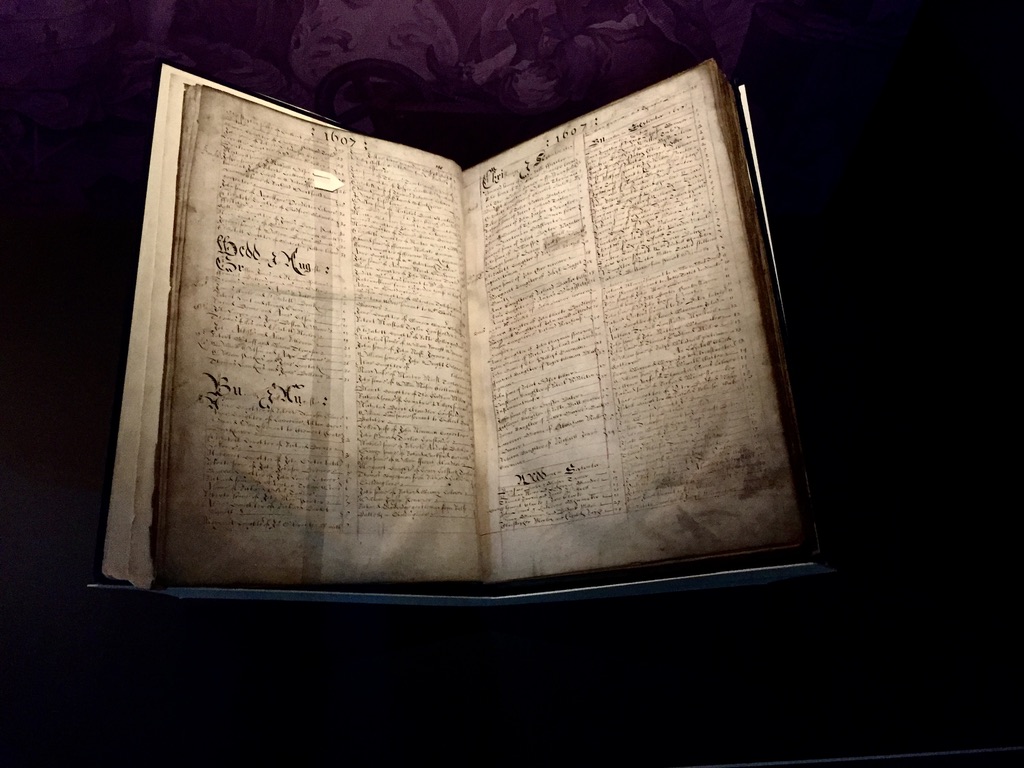
In the exhibition you will see John Keats’s facsimile of the First Folio, in which he wrote two poems, including ‘On Sitting Down To Read King Lear Once Again’, and which is open to the play’s first page …
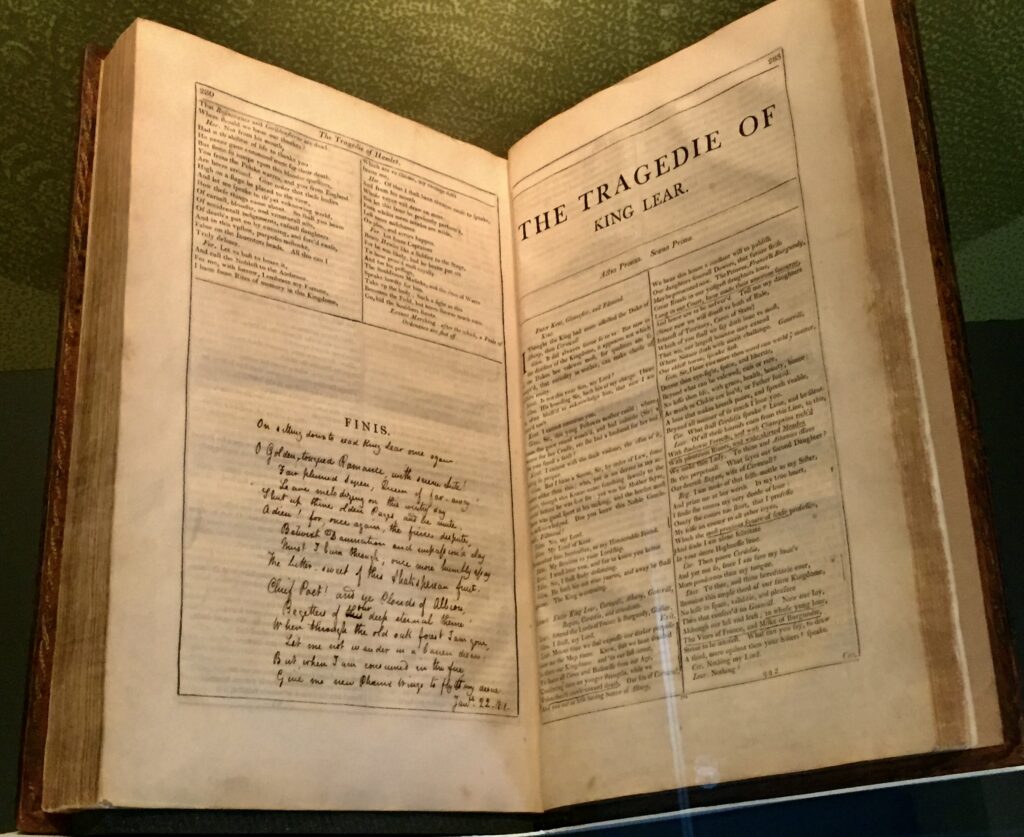
In March 1613 William Shakespeare and three associates agreed to purchase the Gatehouse of the former Dominican priory in London known as Blackfriars from Henry Walker for the sum of £140. The indenture of bargain and sale is dated March 10. The purchasers also agreed to the mortgage shown here, dated March 11, for the same property, in the amount of £60, implying that the buyers put up only £80 at the time of sale. The document is signed by three buyers, William Shakespeare, William Johnson and John Jackson. The place set aside for the signature of John Heminges is left blank …
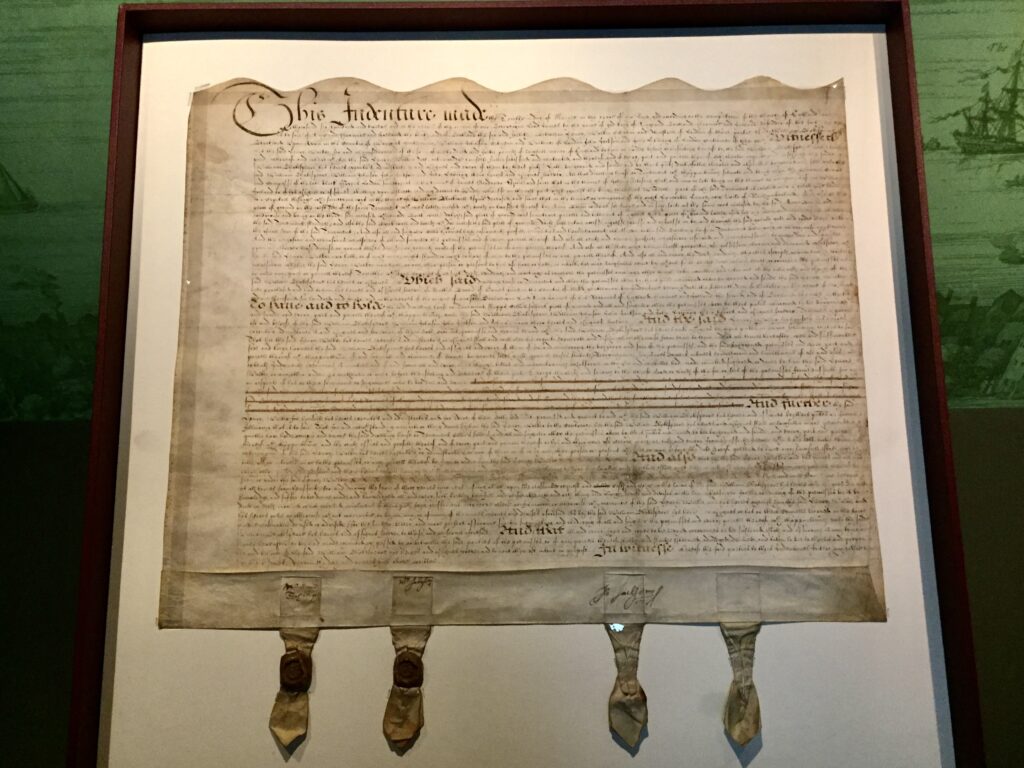
The thrill here, of course, is that this document contains one of the only six Shakespeare signatures known to exist. Here it is ..

My image is not great so this is a screenshot of a better one from the Internet …
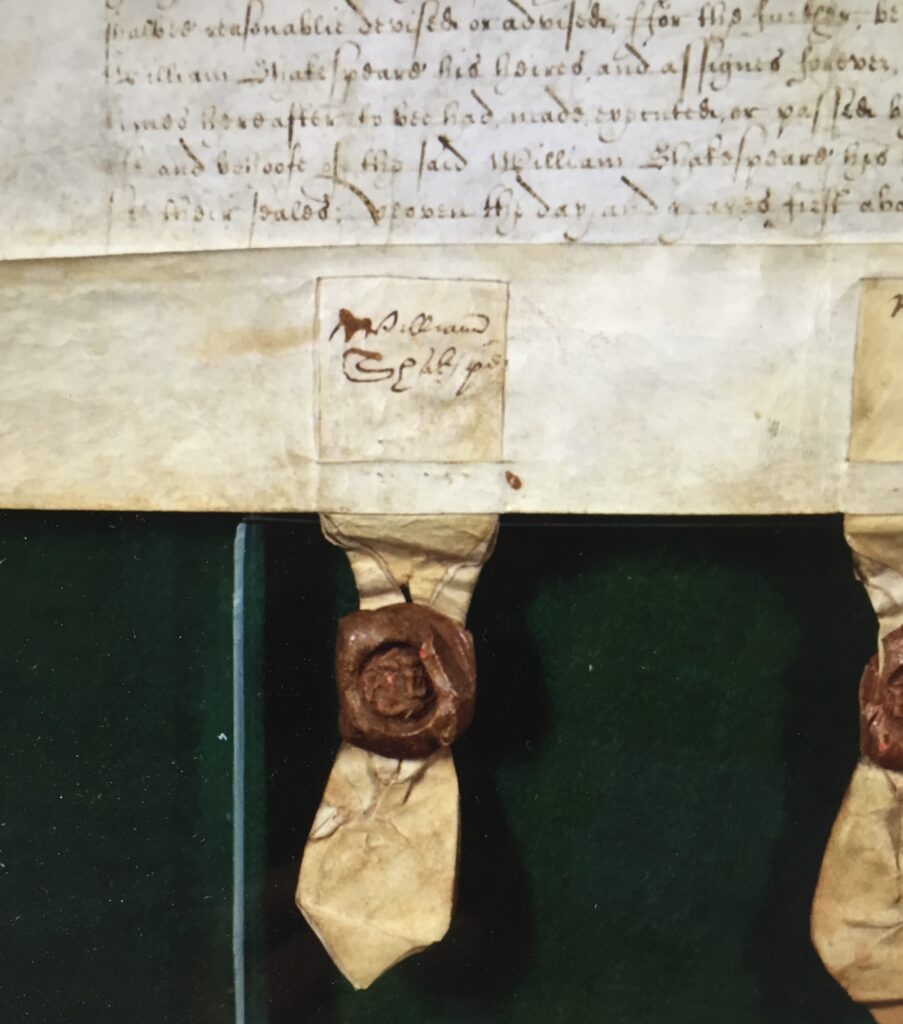
The heroes of the story of Shakespeare’s plays and of the First Folio are John Heminge and Henry Condell without whom most, if not all, of his work would have been lost forever.
They were both buried at the church of St Mary Aldermanbury which was destroyed by the Great Fire of London in 1666 and then rebuilt by Sir Christopher Wren. Unfortunately it was gutted during the Blitz in 1940, leaving only the walls intact. Rather unusually, in 1966 the remains of the church were shipped to Fulton, Missouri, USA. The church now stands as a memorial to Winston Churchill’s ‘Iron Curtain’ speech made at Westminster College, Fulton, in 1946.
Heminge and Cordell, however, have been honoured with a splendid memorial on the previous site of the church …
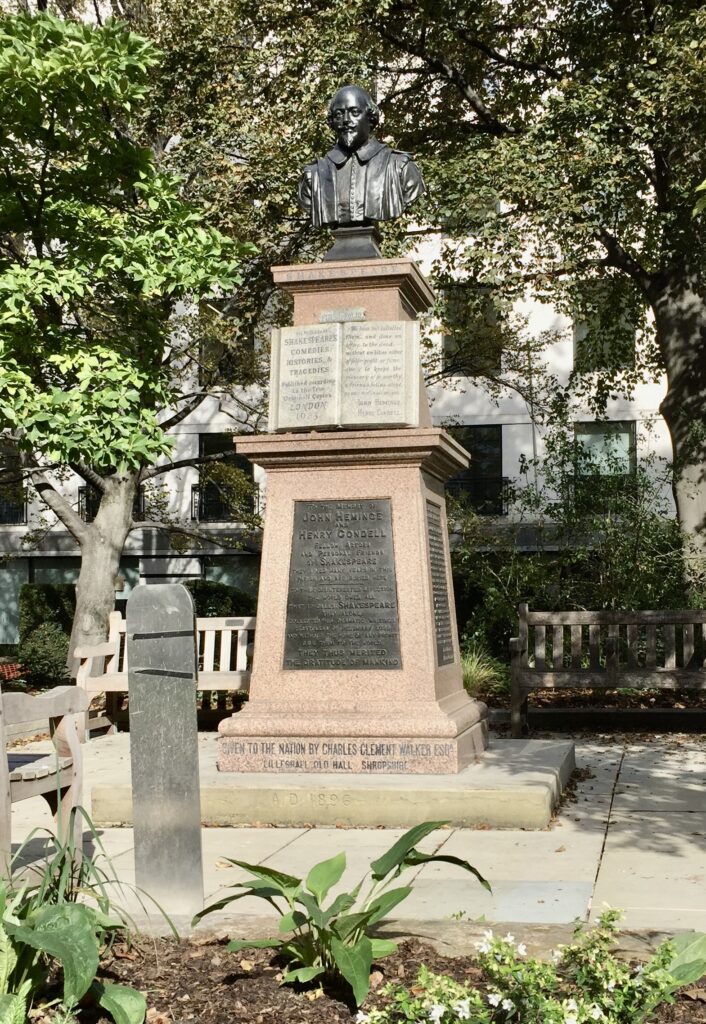
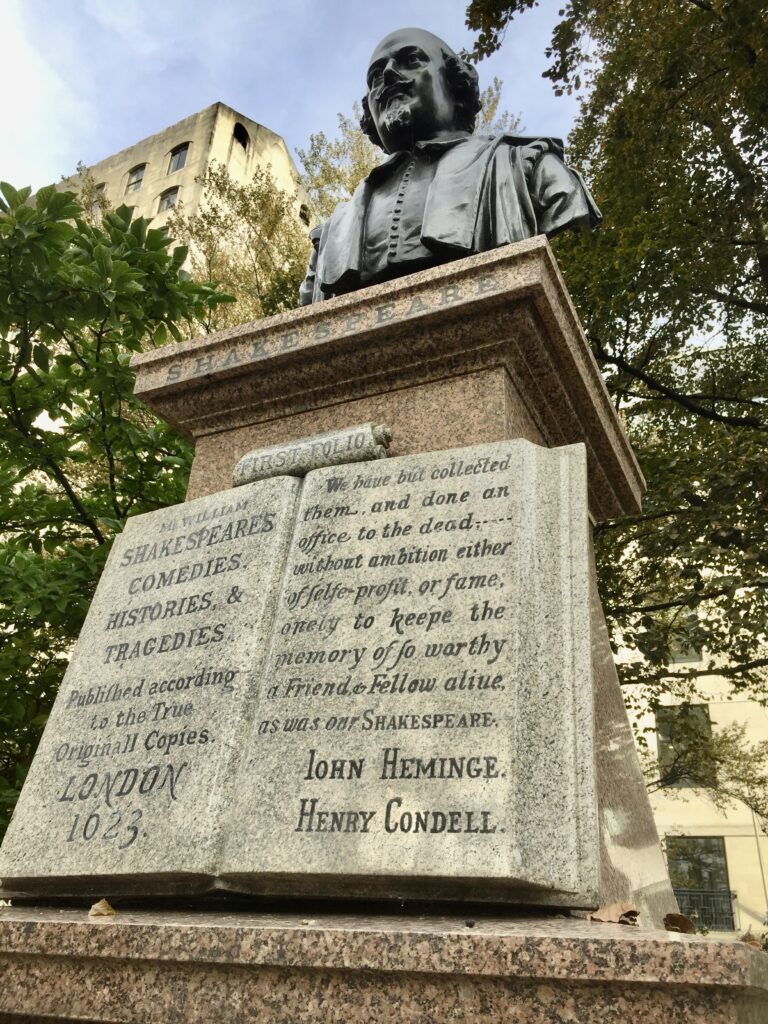
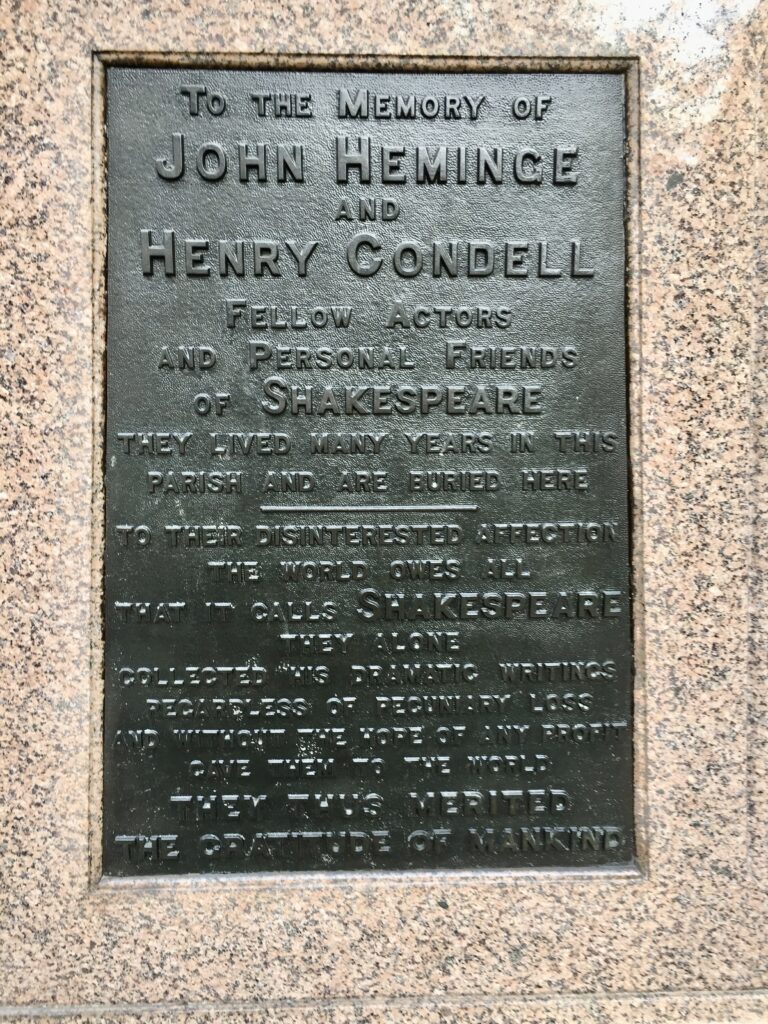
‘TO THEIR DISINTERESTED AFFECTION THE WORLD OWES ALL THAT IT CALLS SHAKESPEARE. THEY ALONE COLLECTED HIS PRINTED WRITINGS REGARDLESS OF PECUNIARY LOSS AND WITHOUT THE HOPE OF ANY PROFIT GAVE THEM TO THE WORLD. THEY THUS MERITED THE GRATITUDE OF MANKIND’
Incidentally, the Heritage Gallery in the Guildhall Art Gallery is a bit of a hidden treasure with ever-changing displays of great interest drawn from the City of London collections and archives. It also boasts a splendid back-lit copy af the Agas map of Early Modern London …
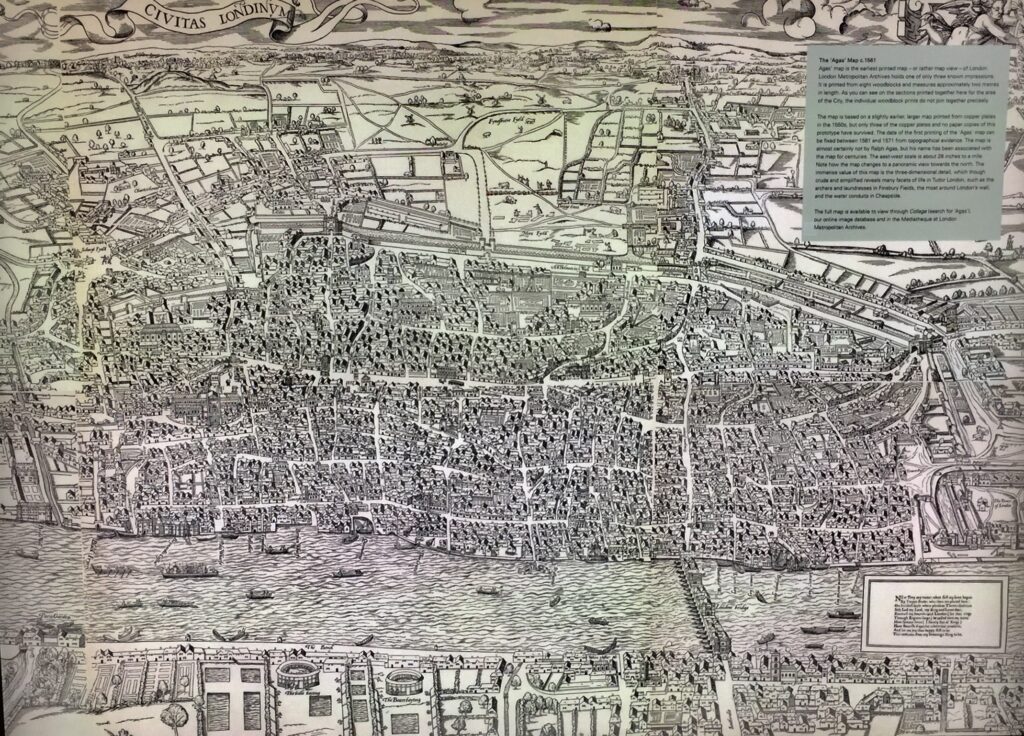
If you would like to follow me on Instagram here is the link …
